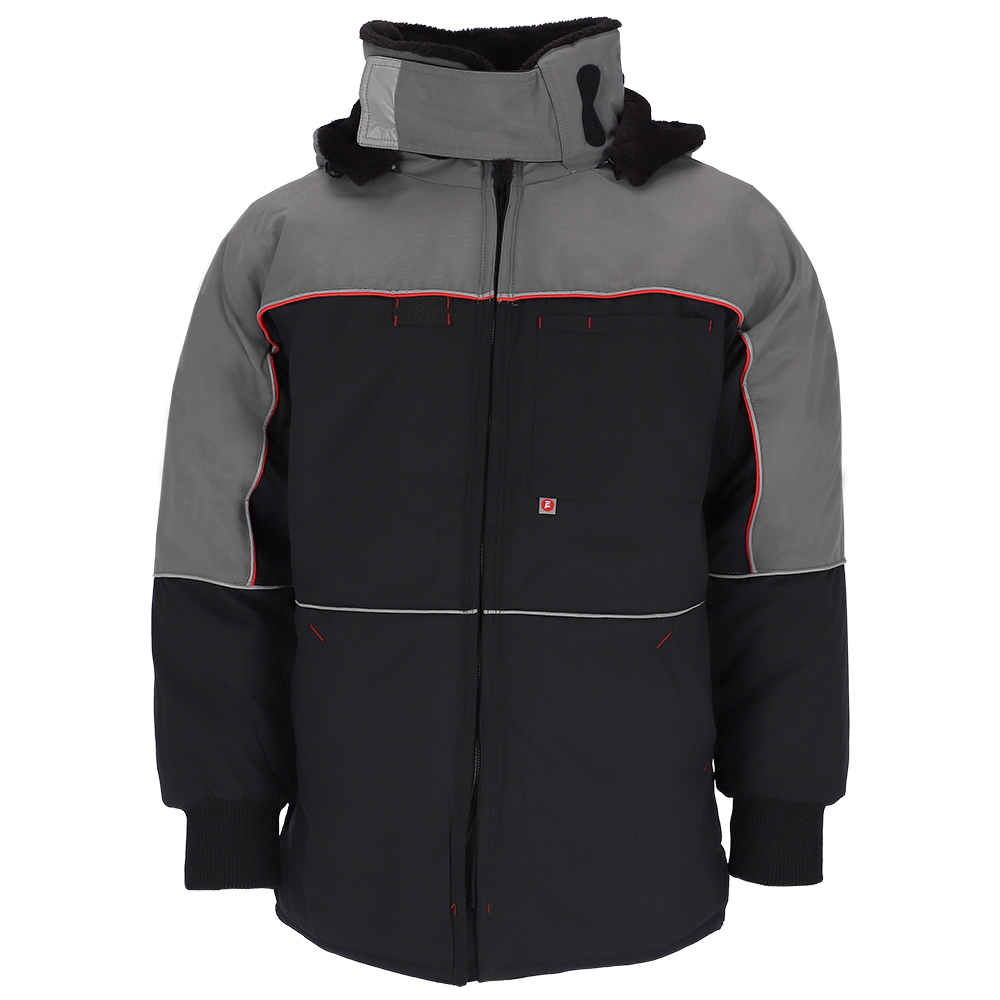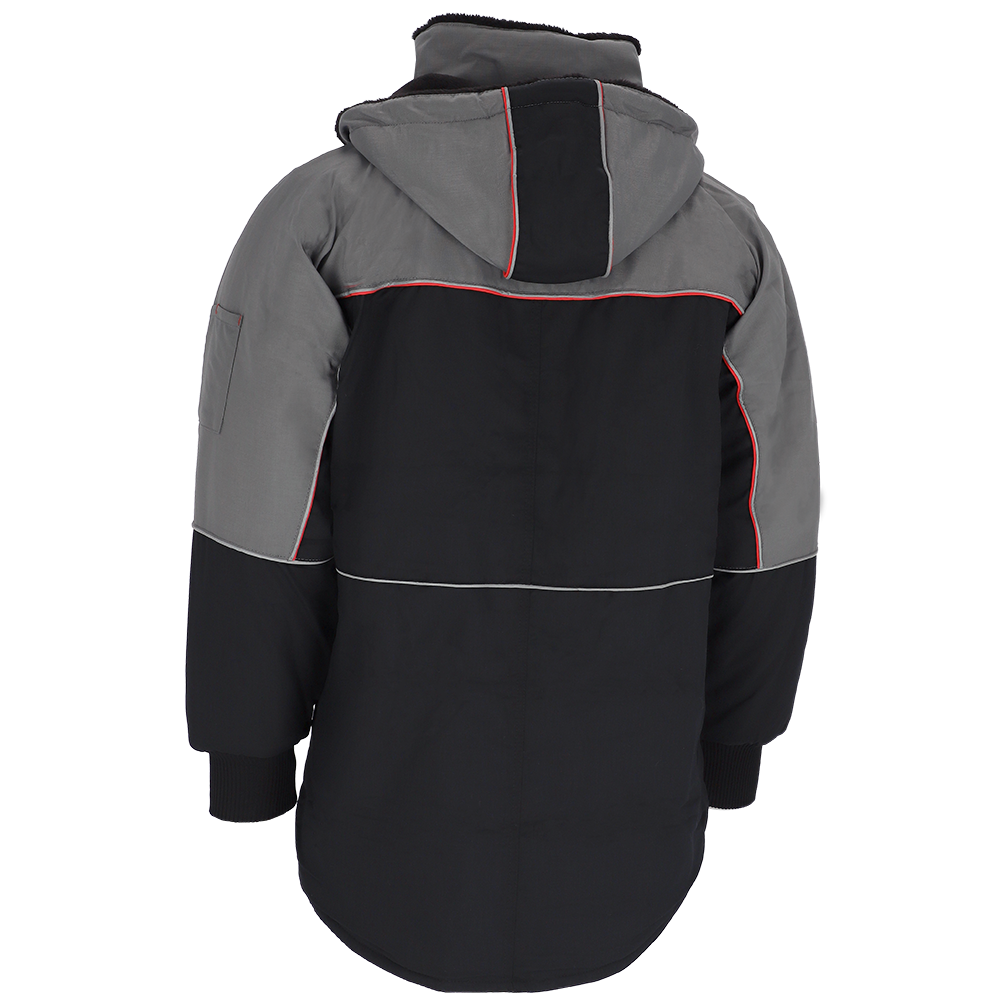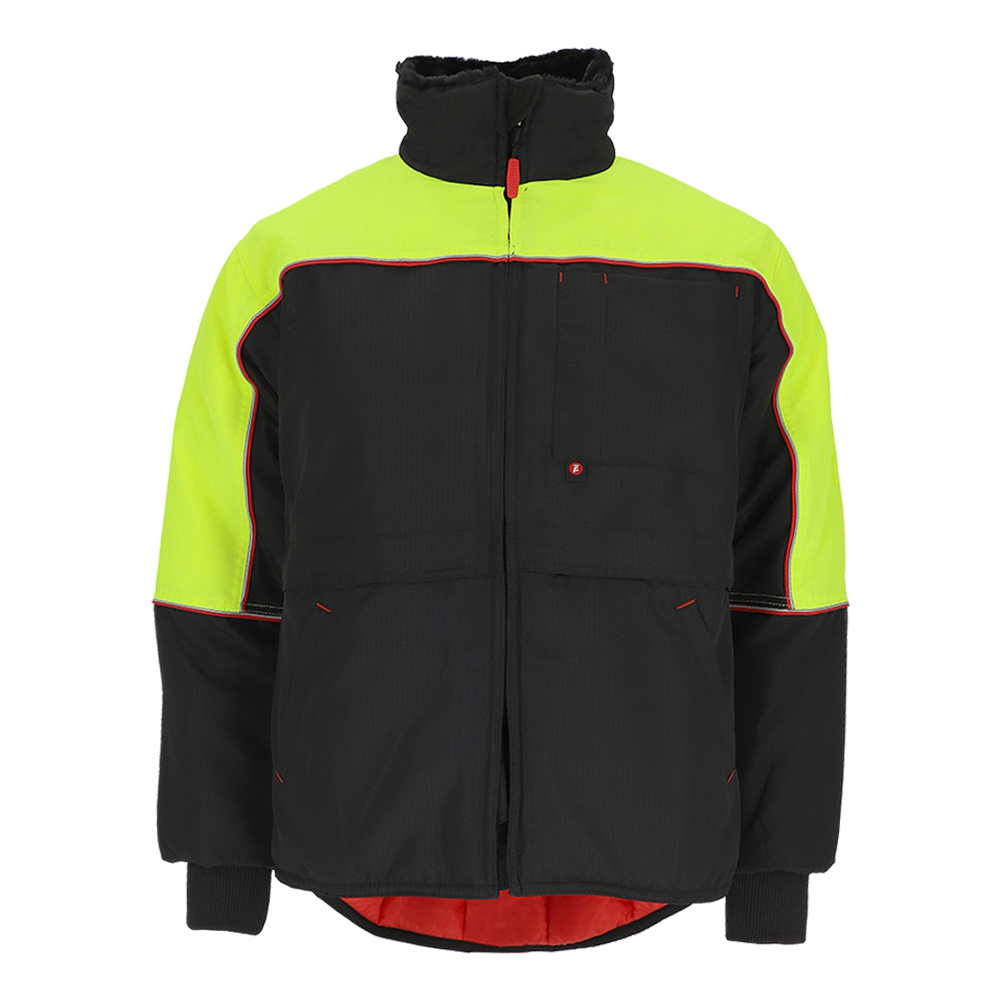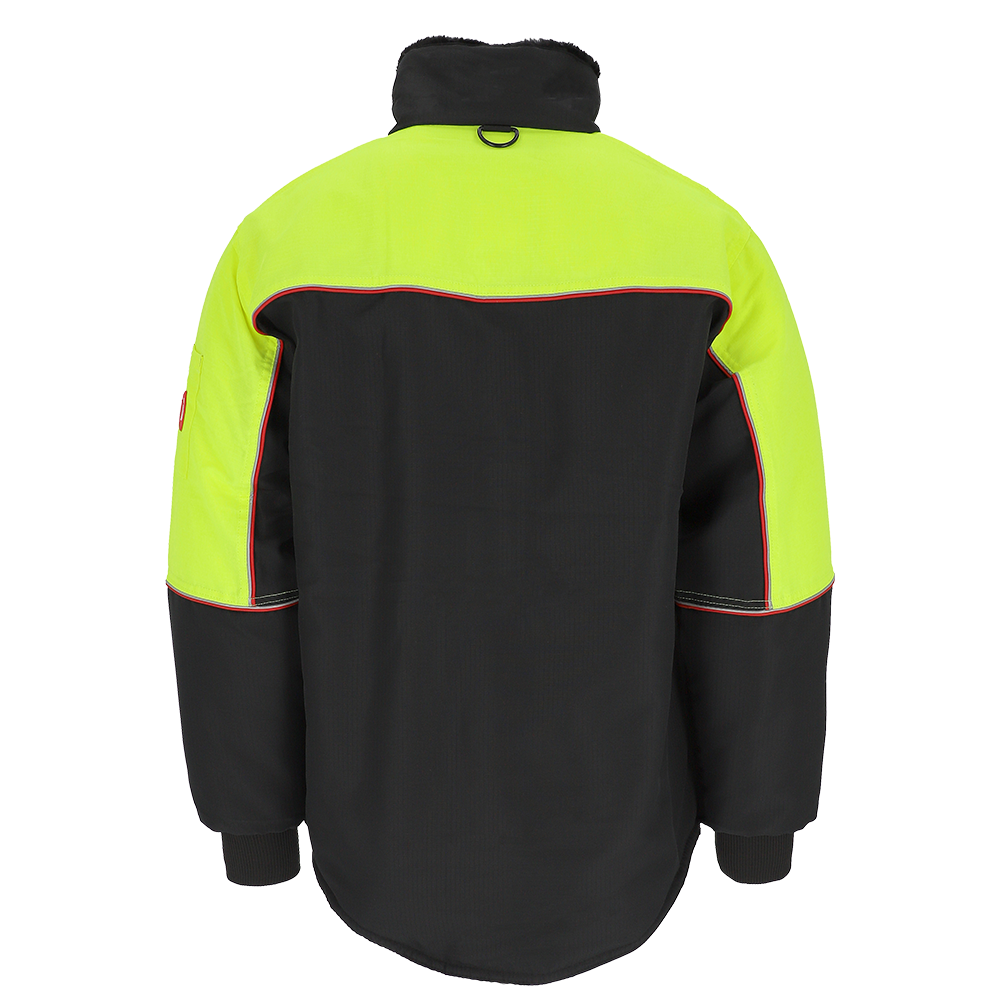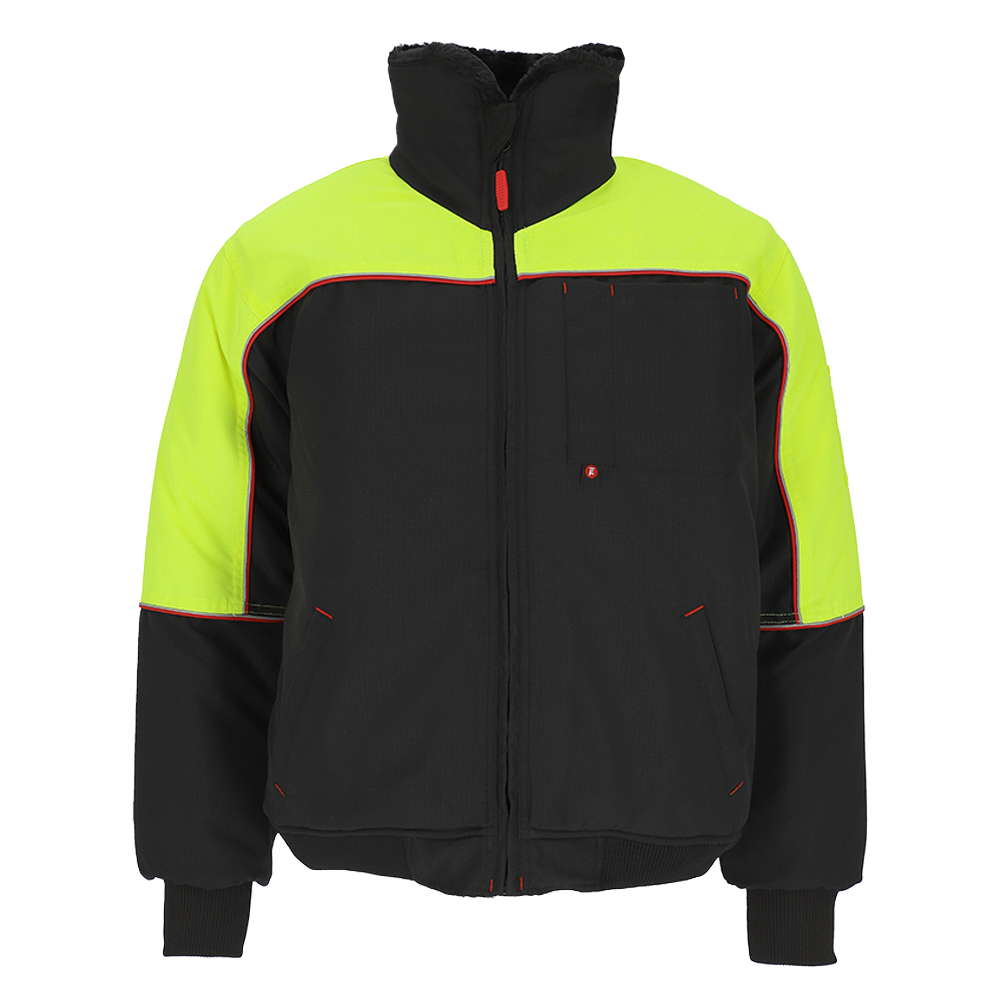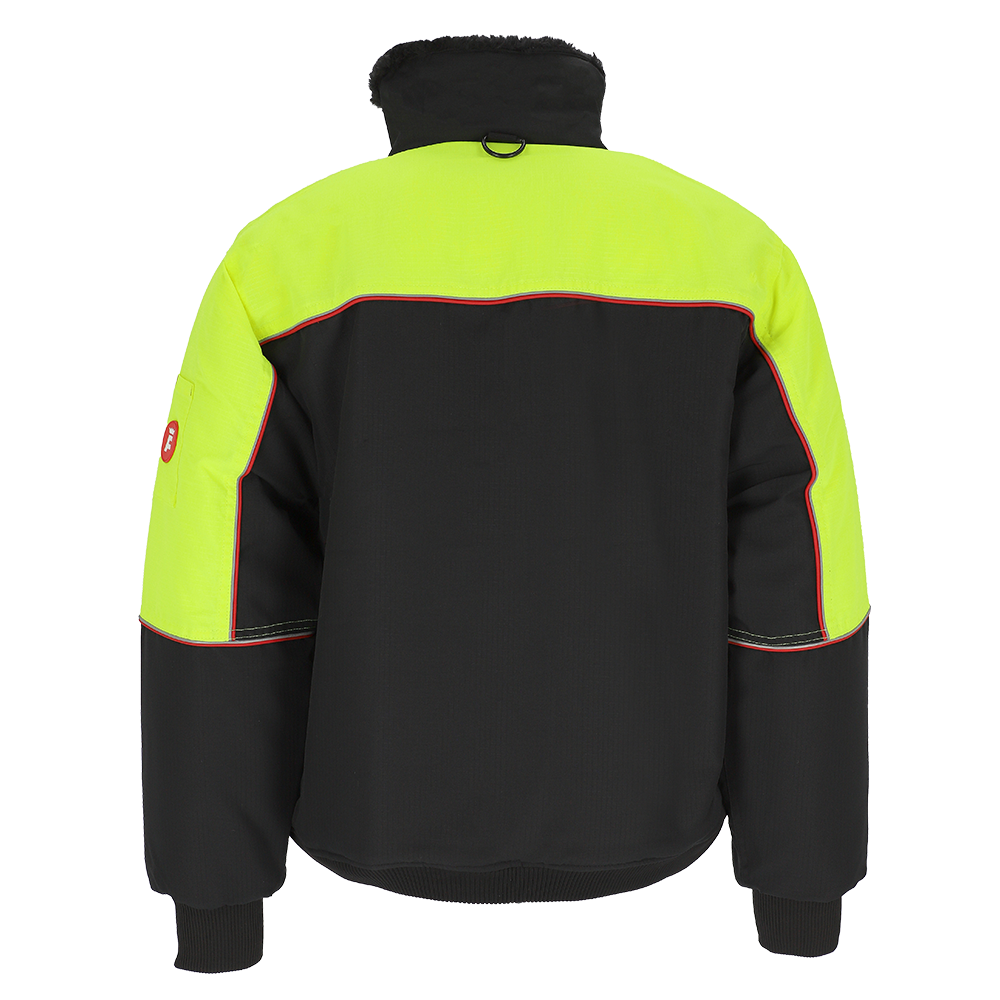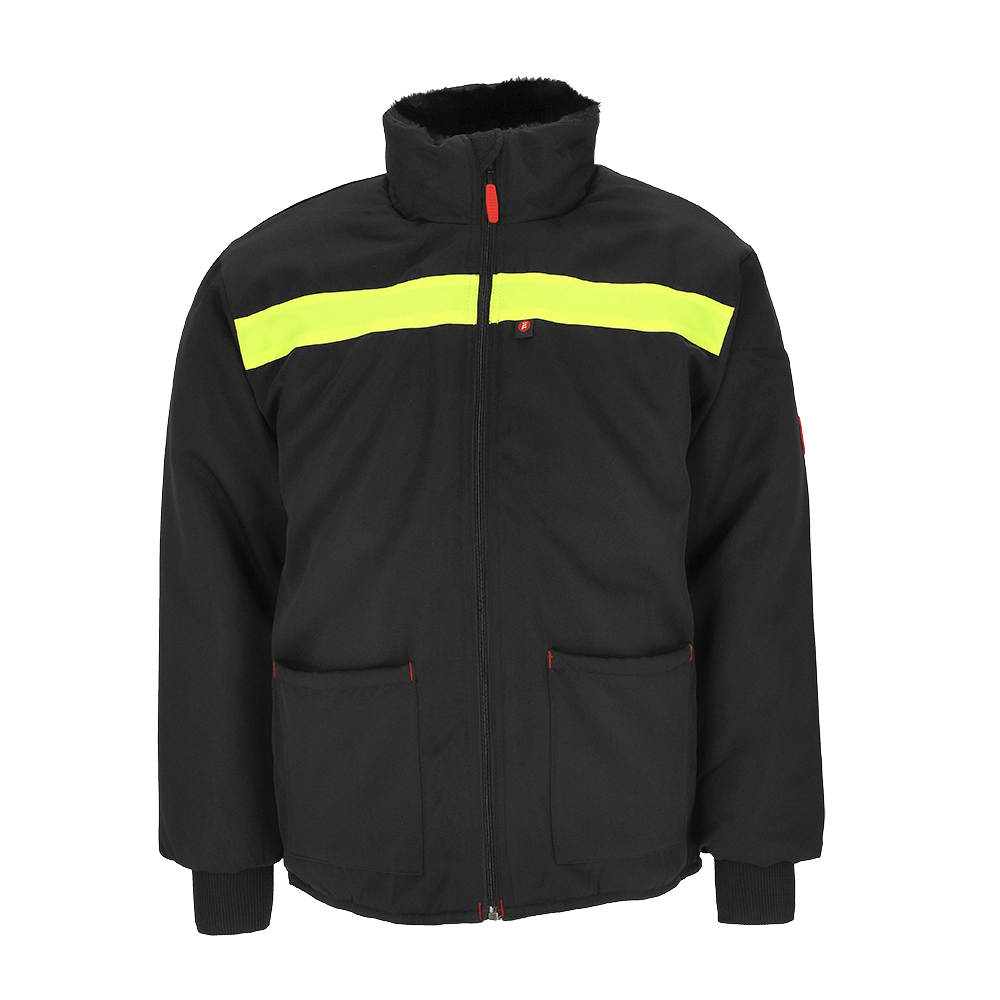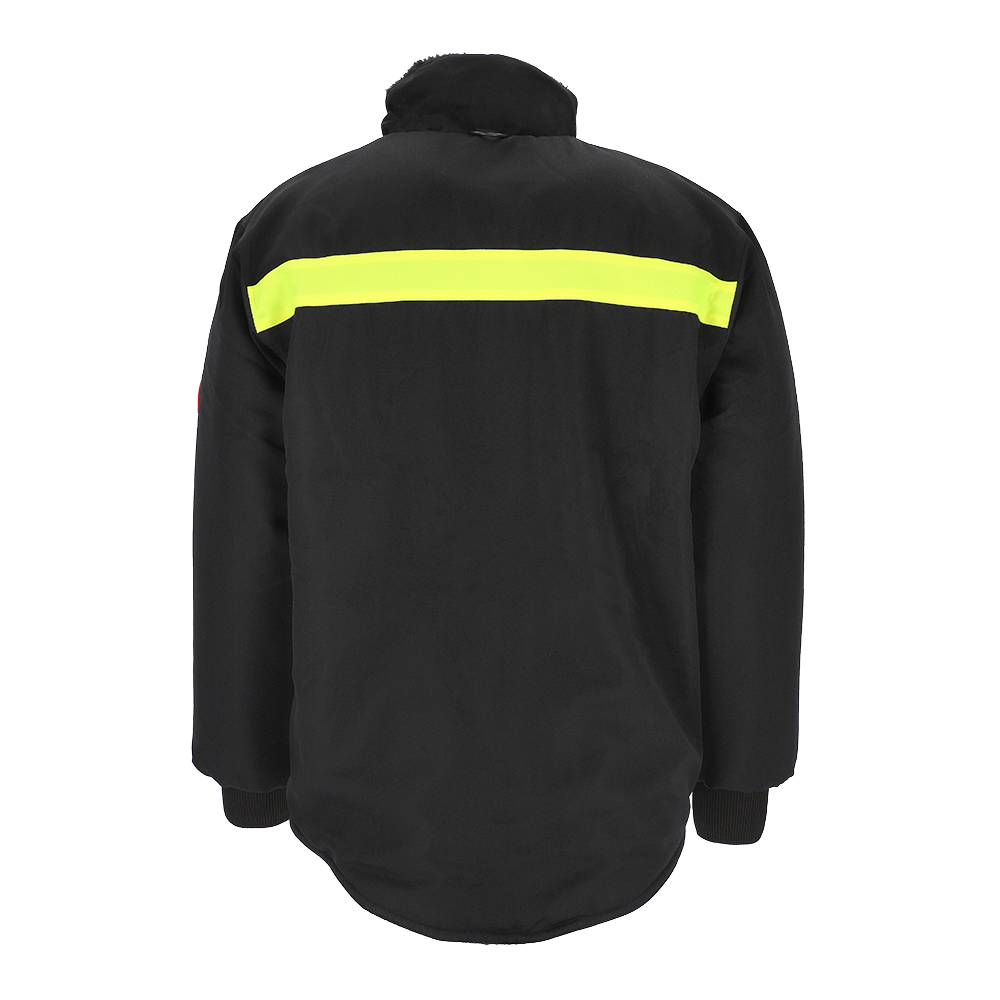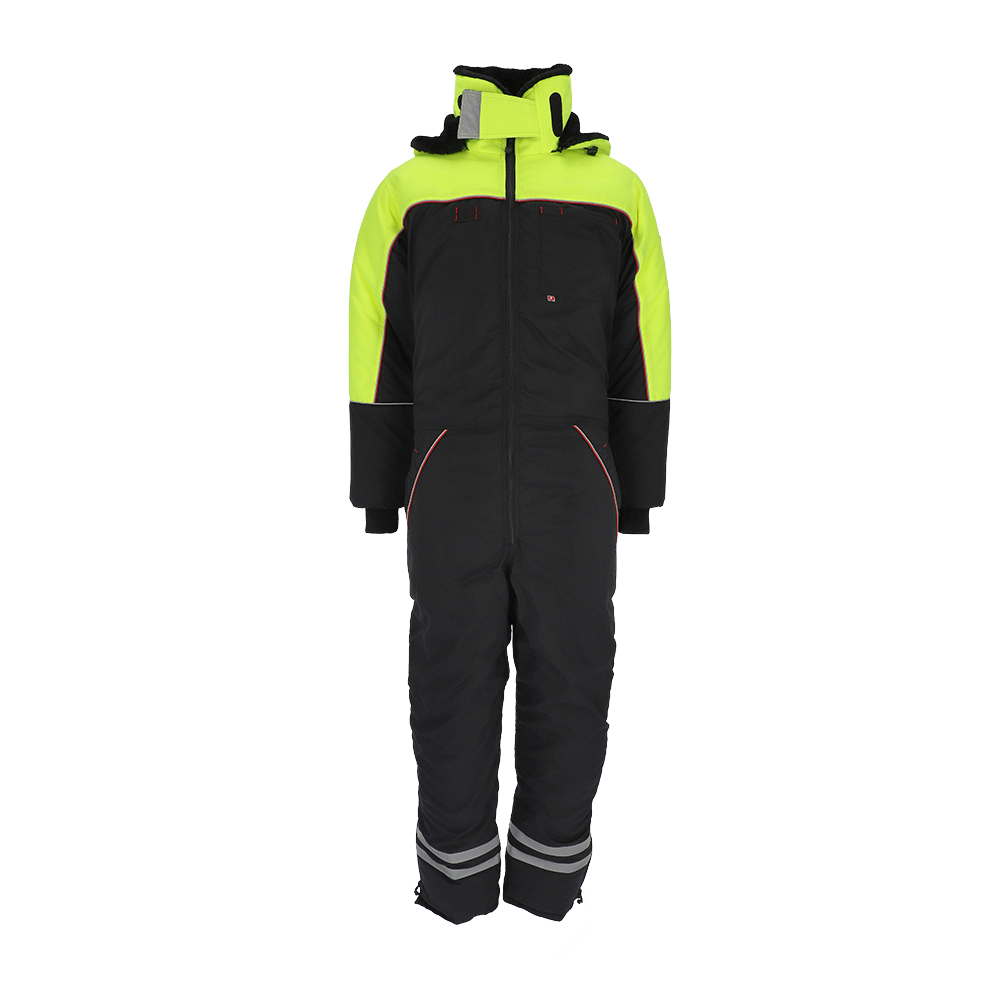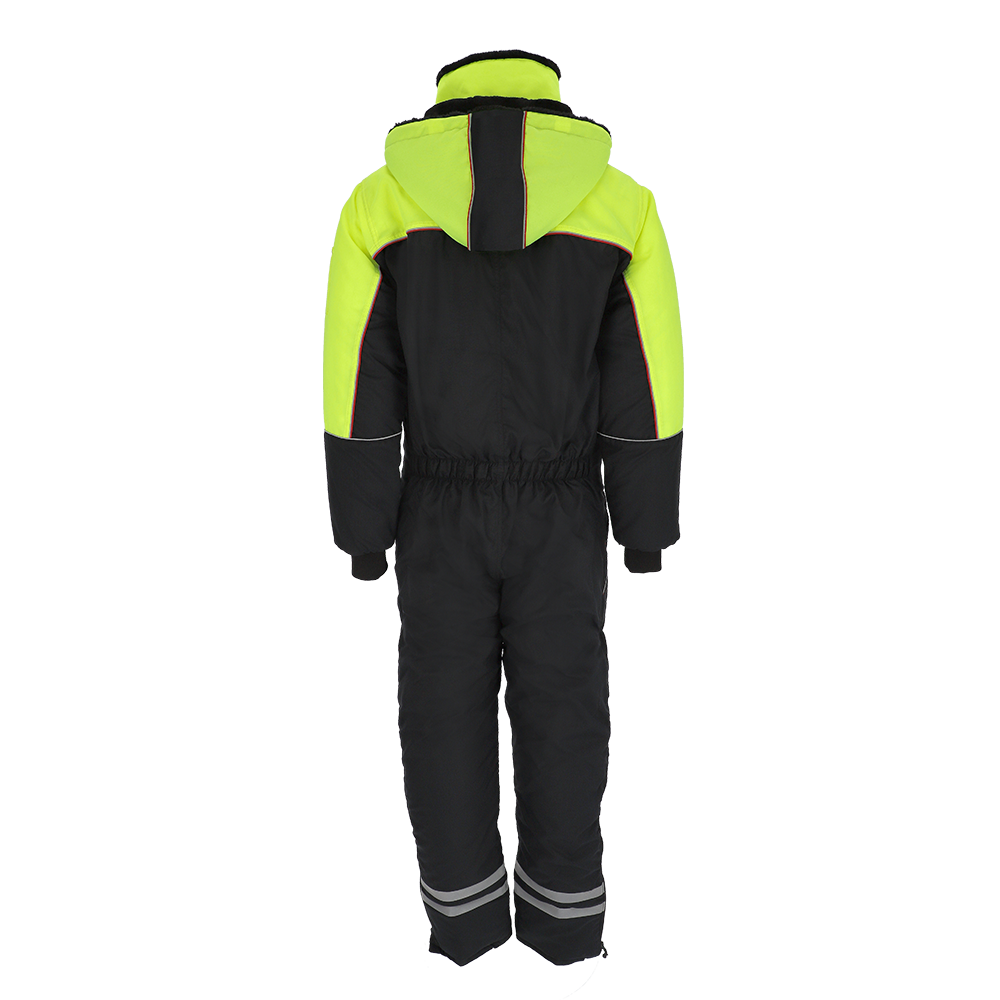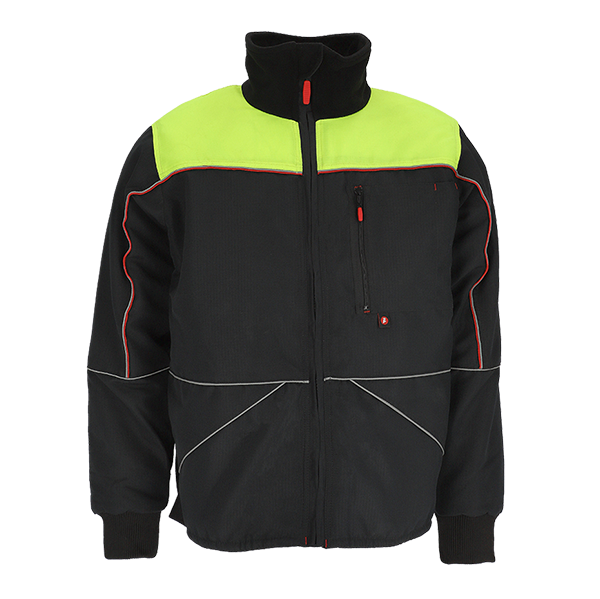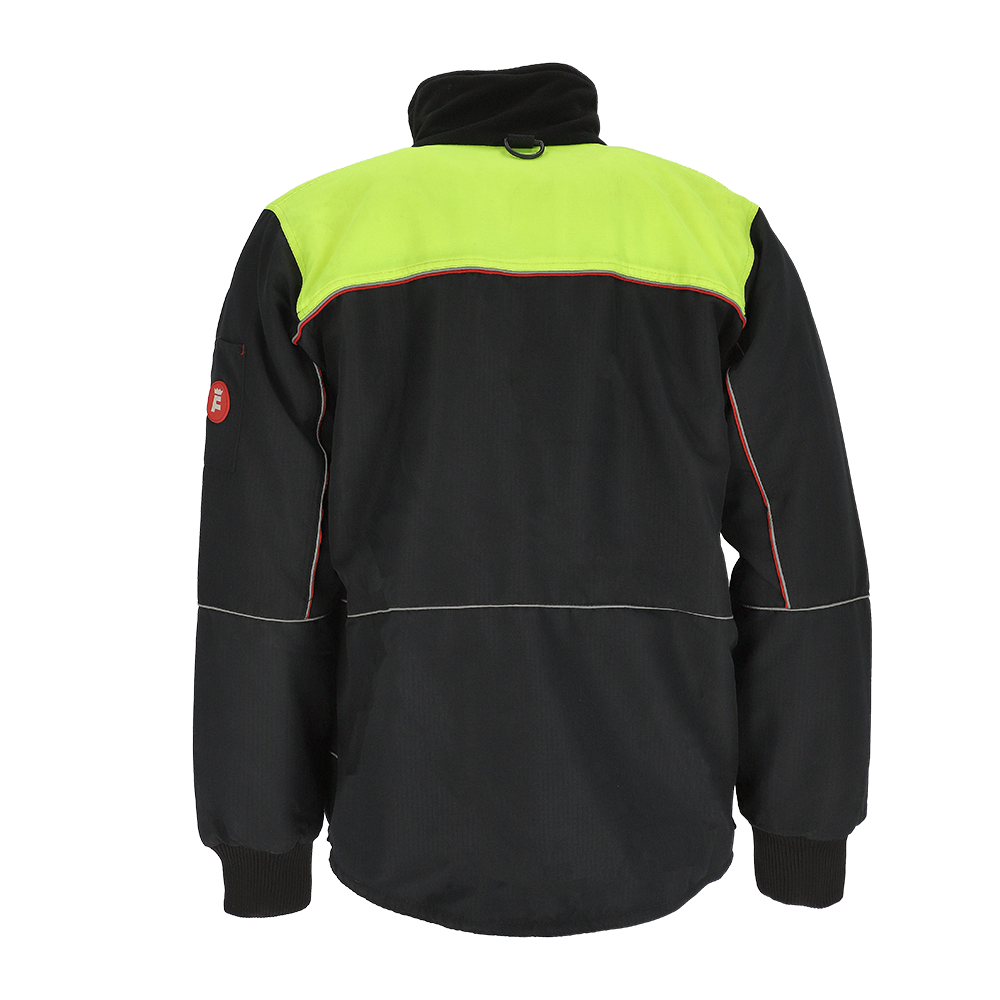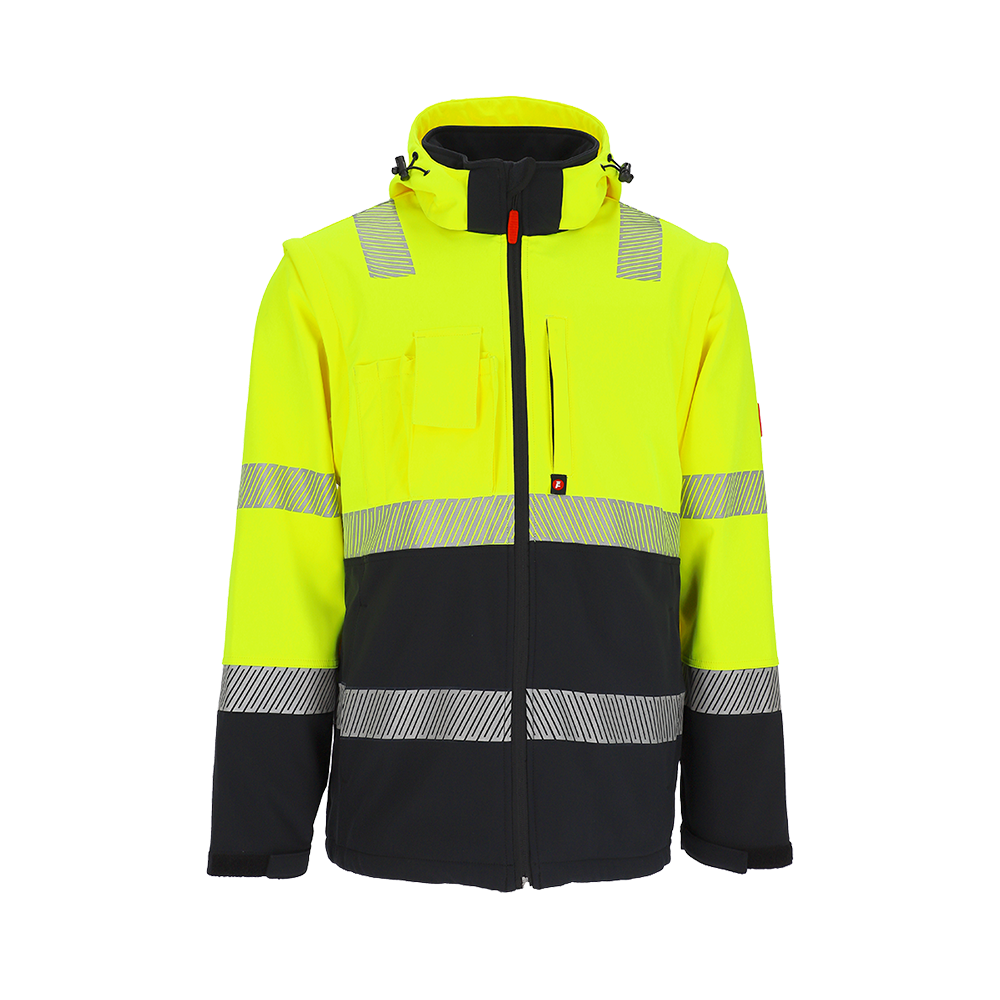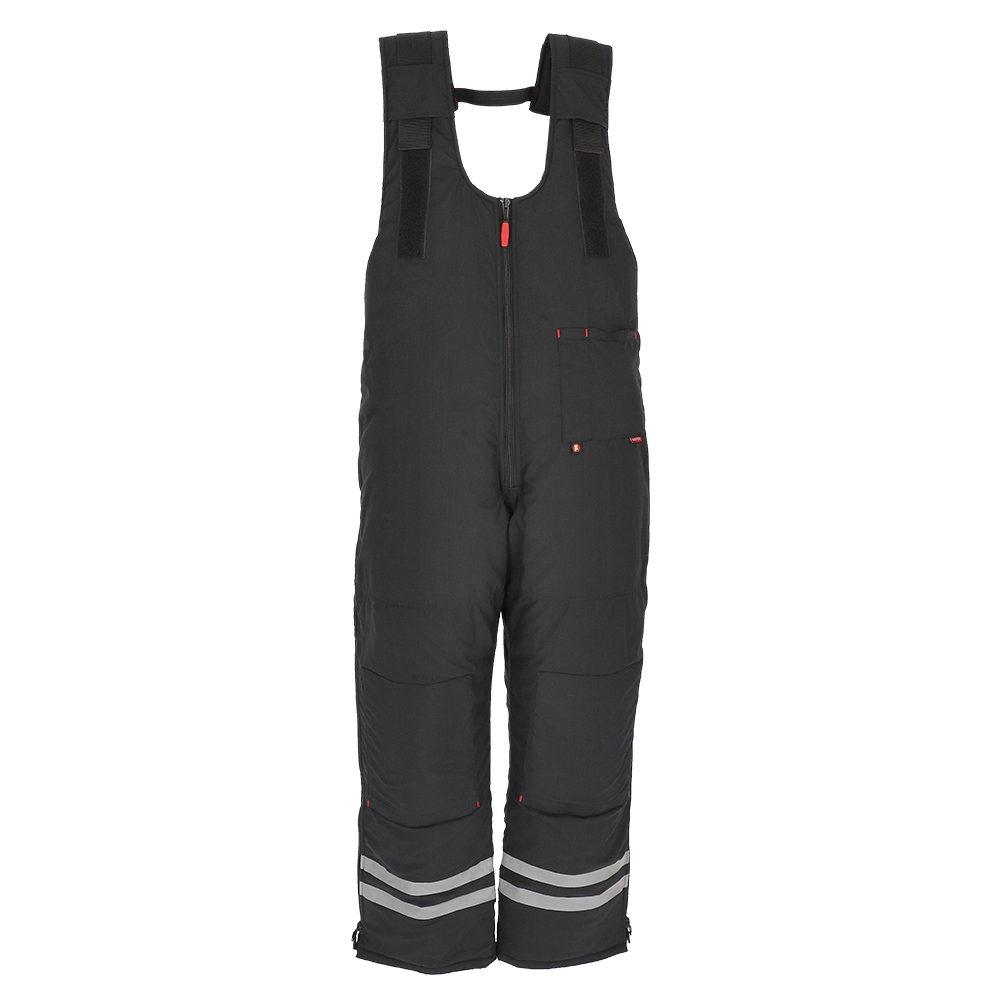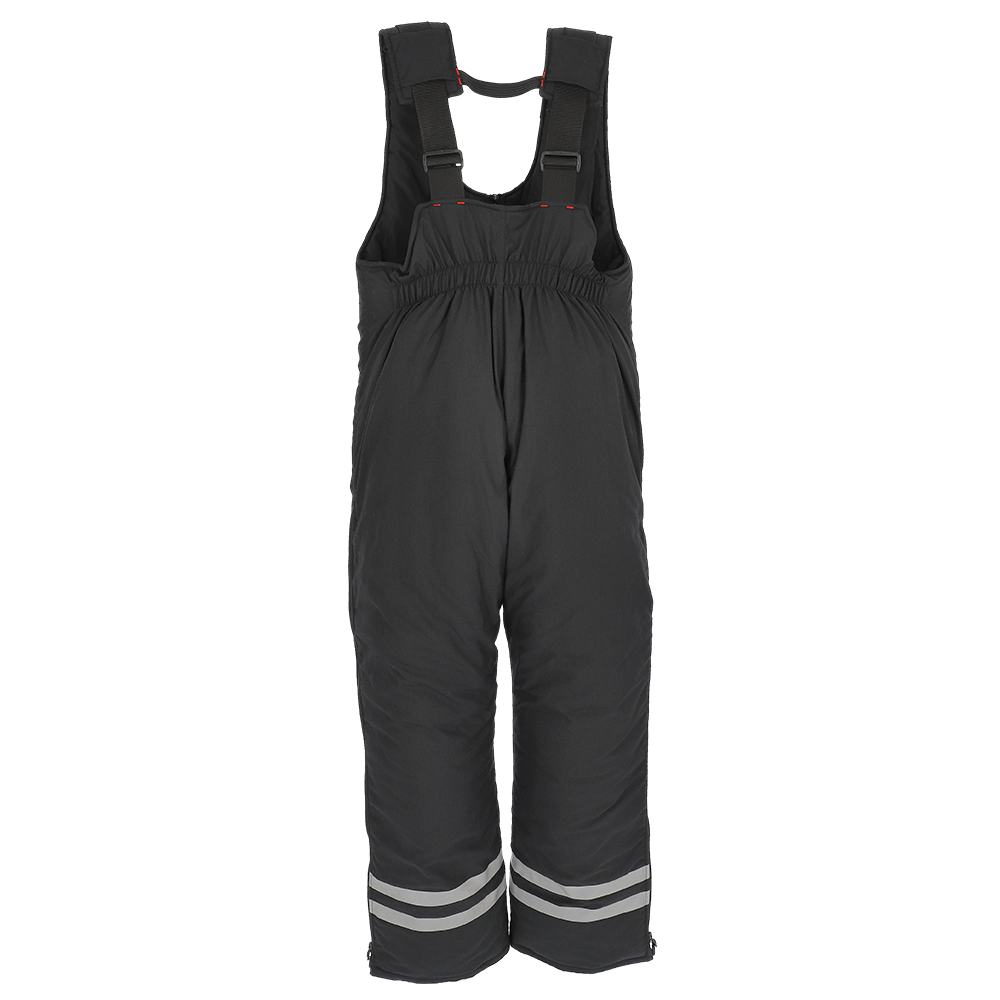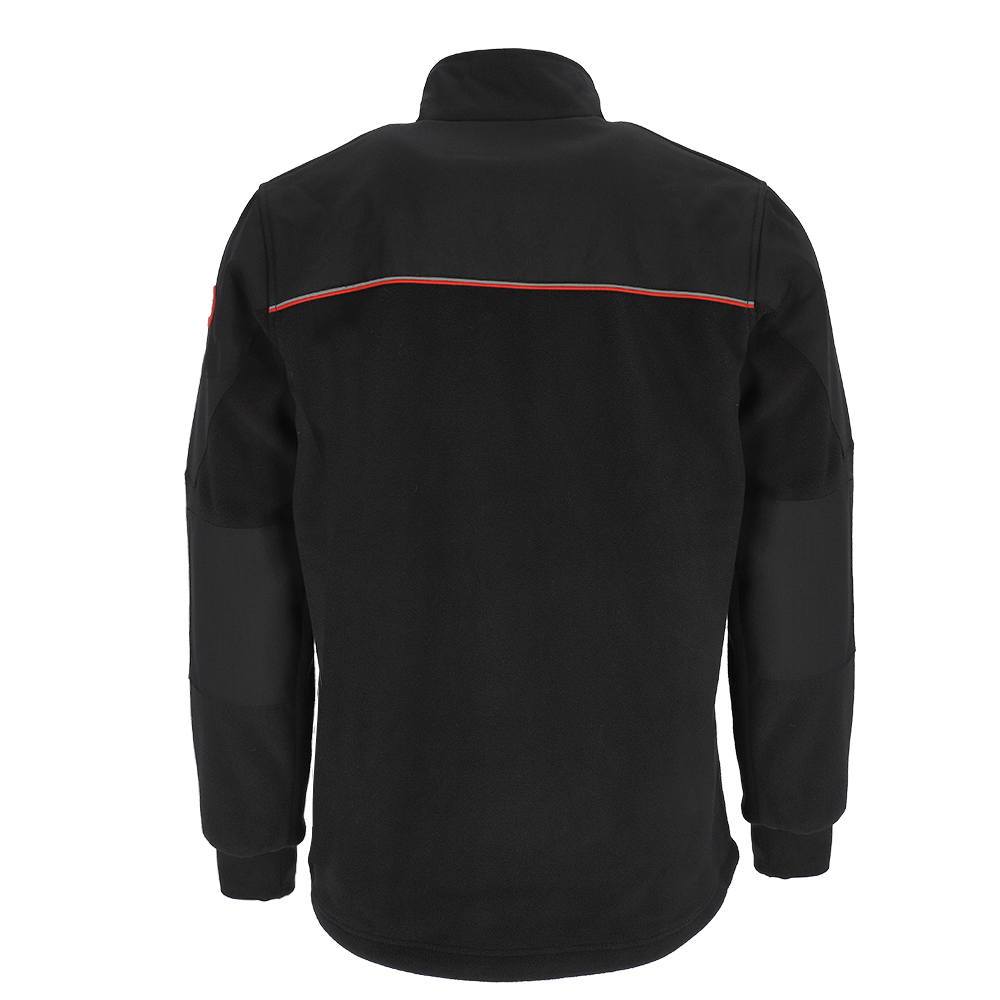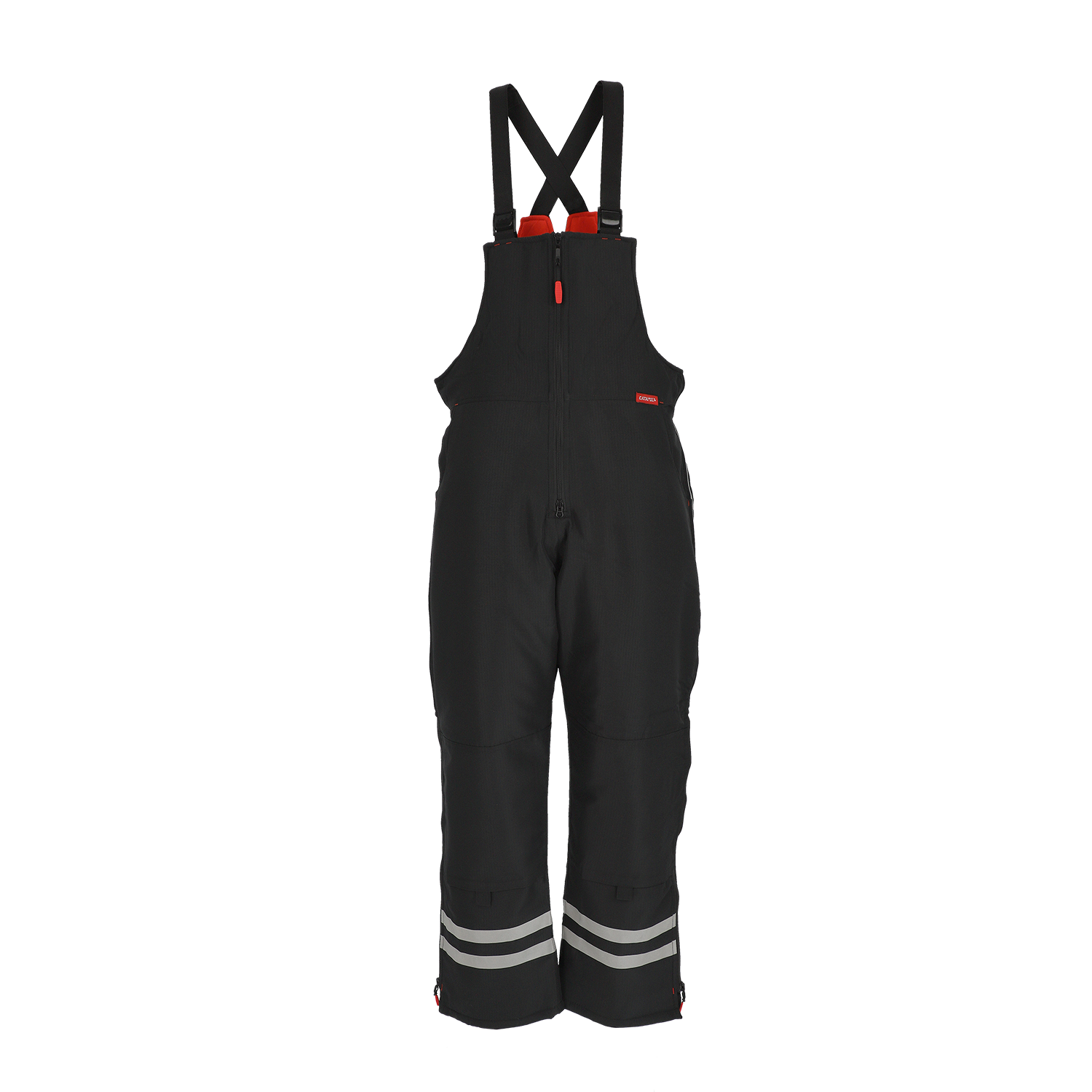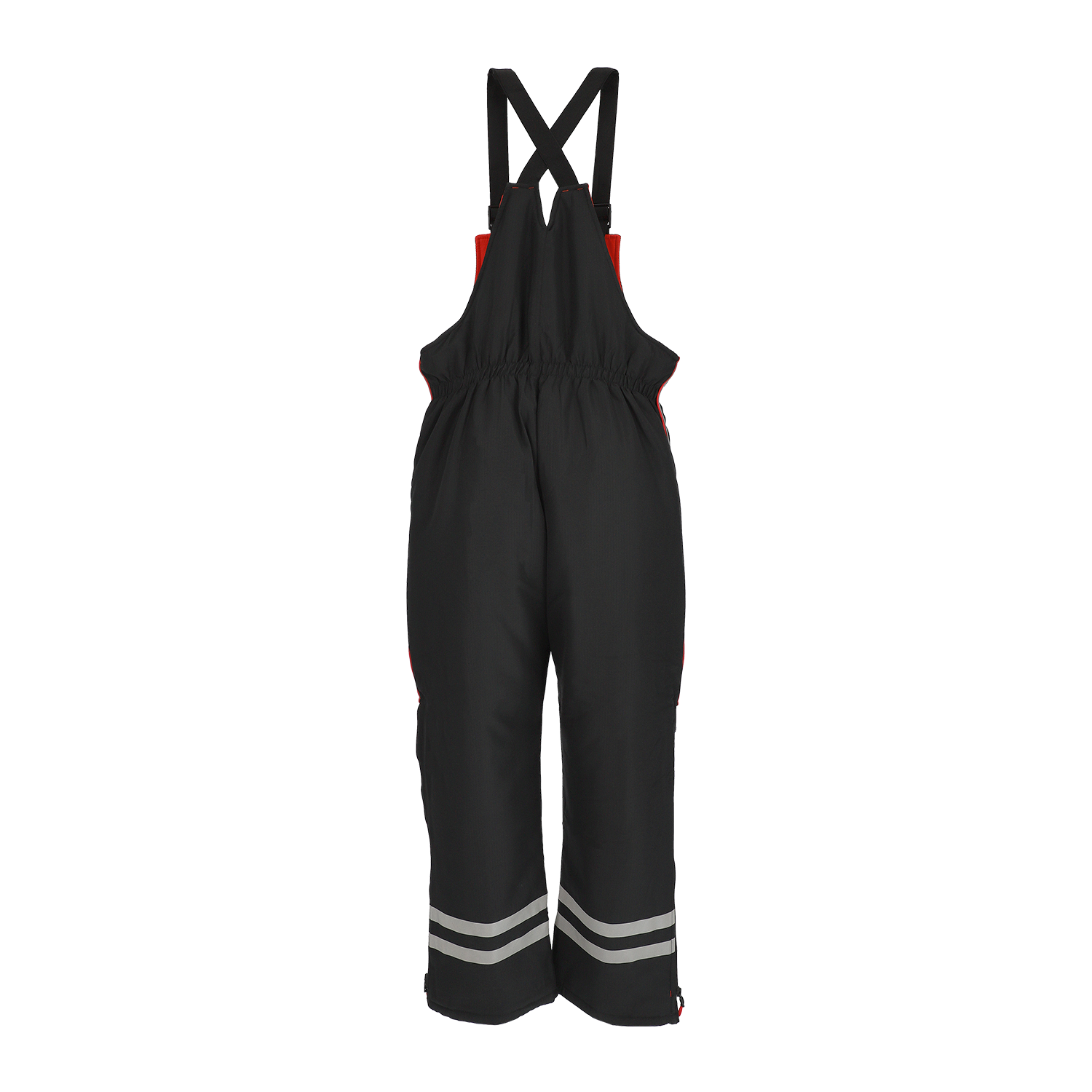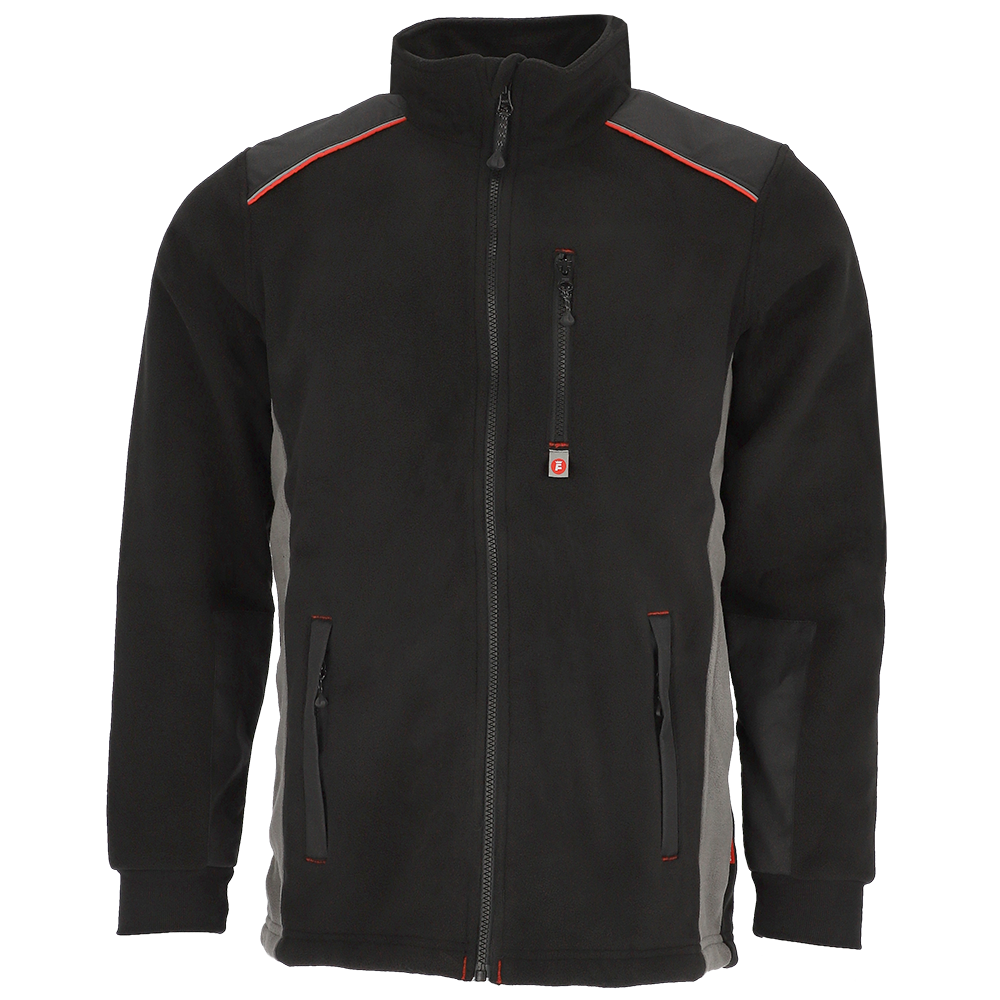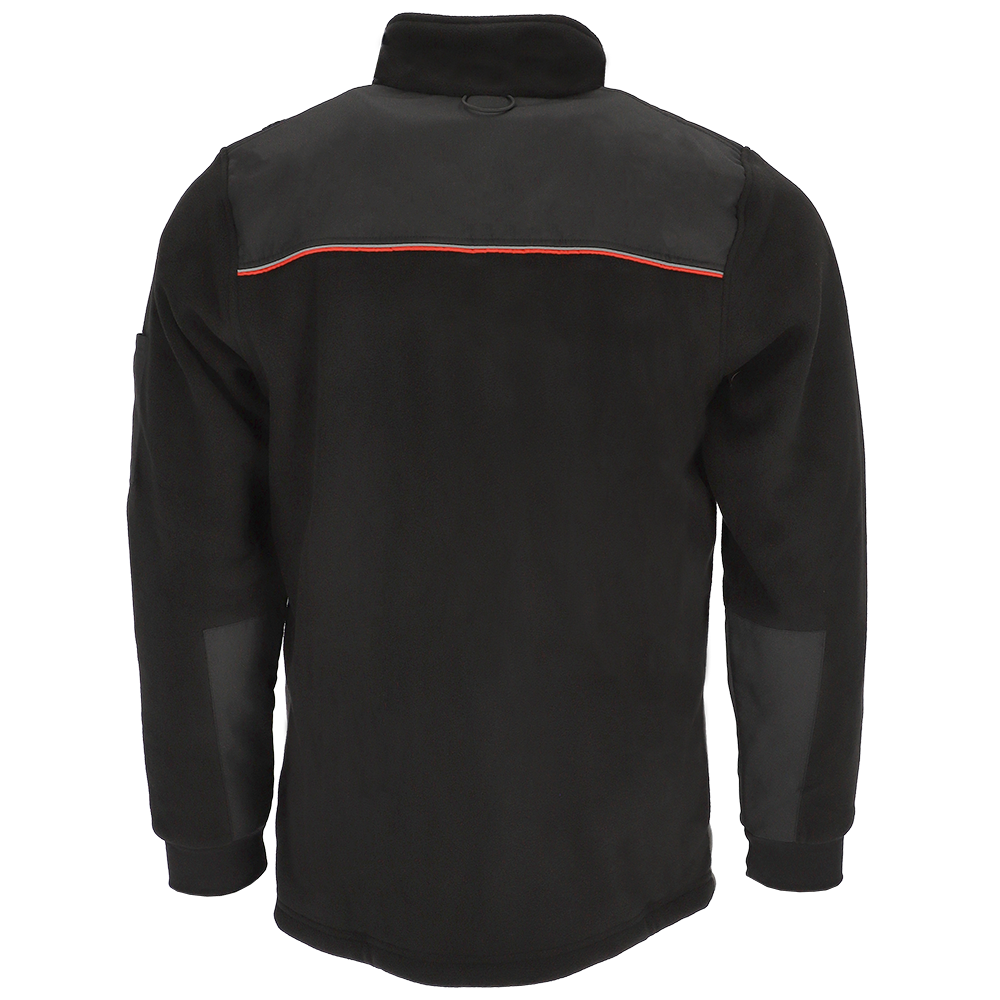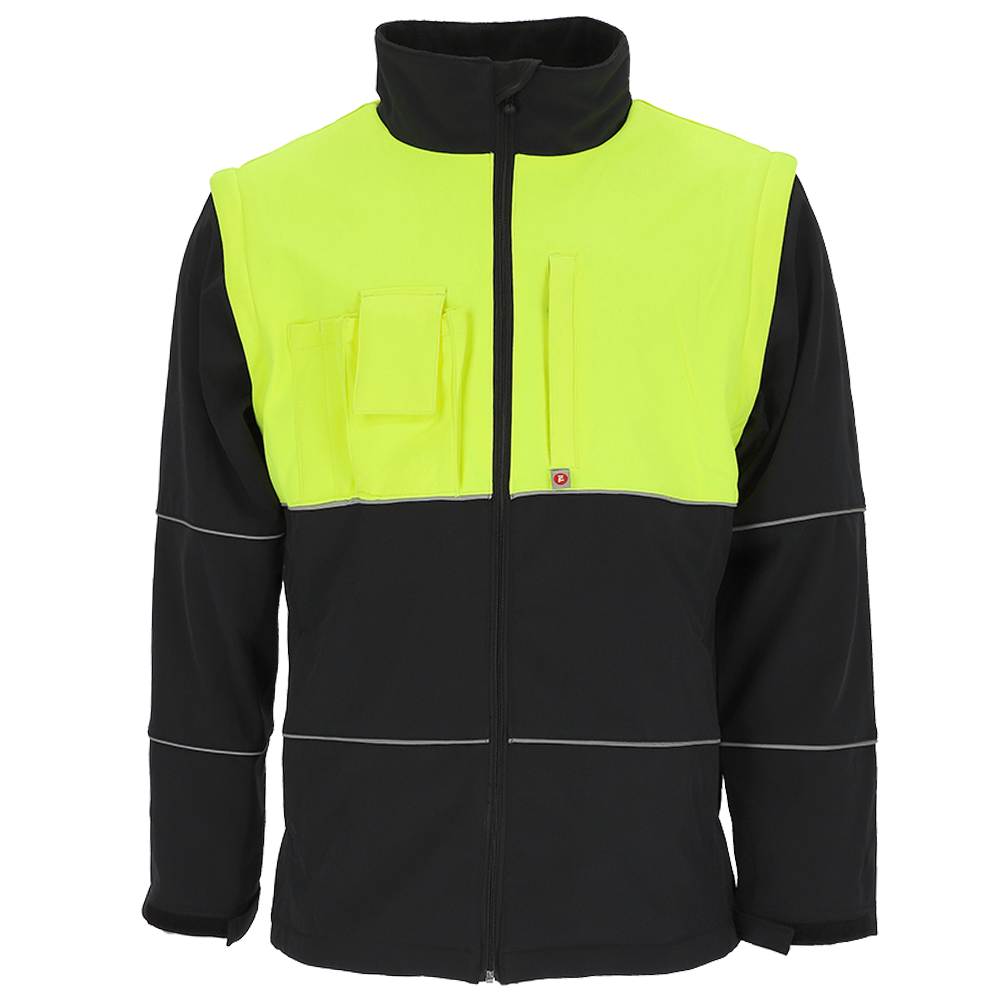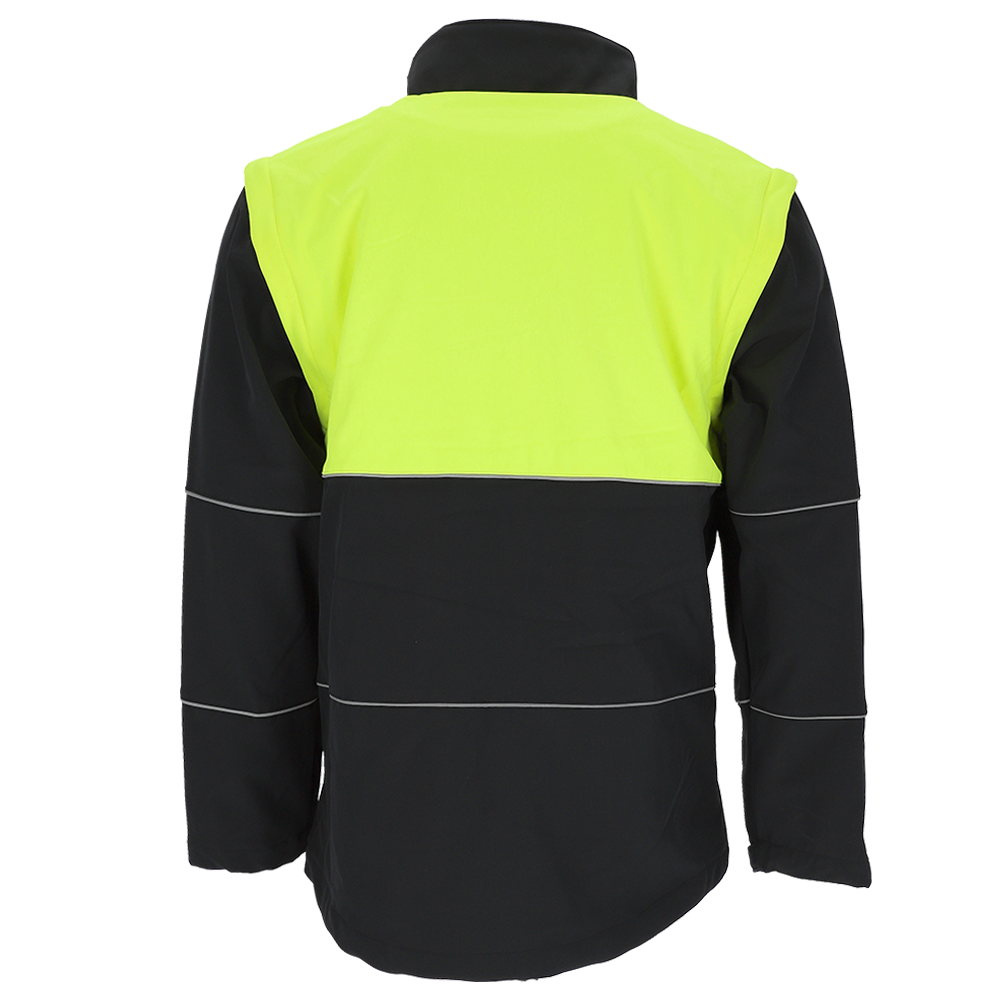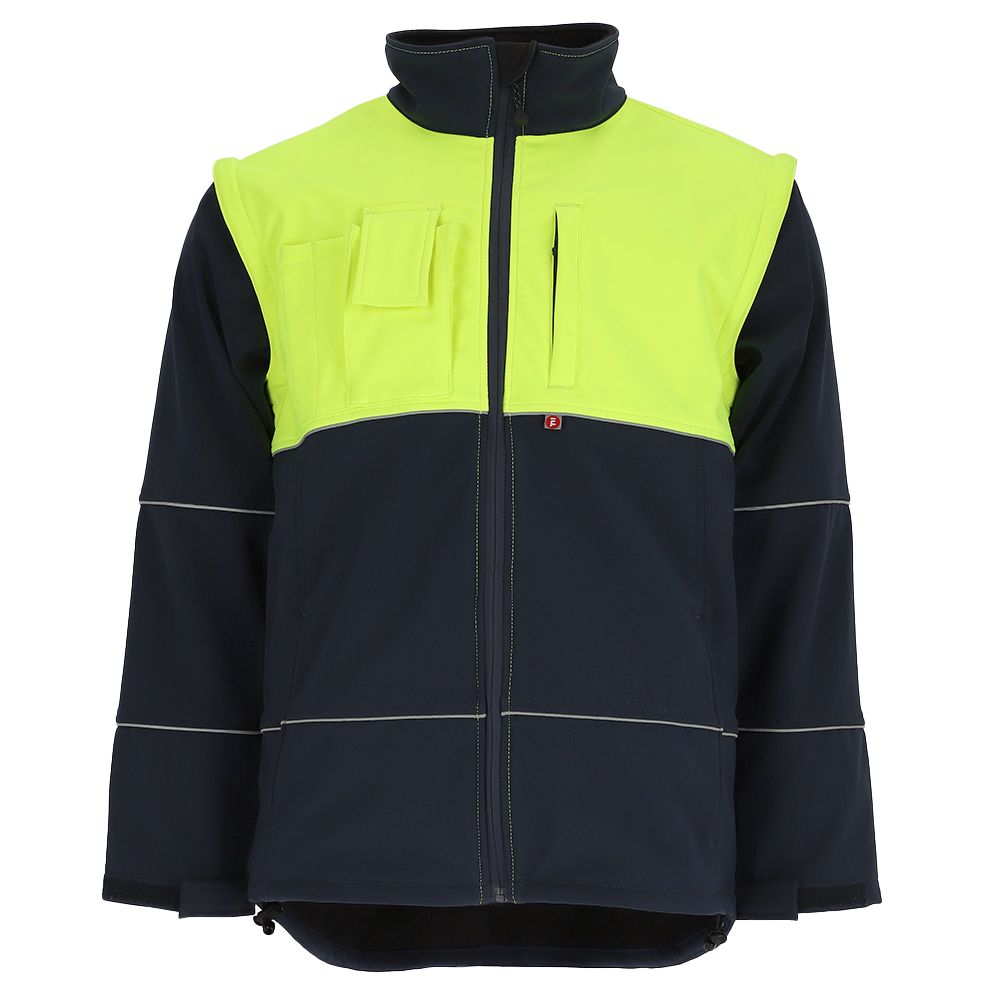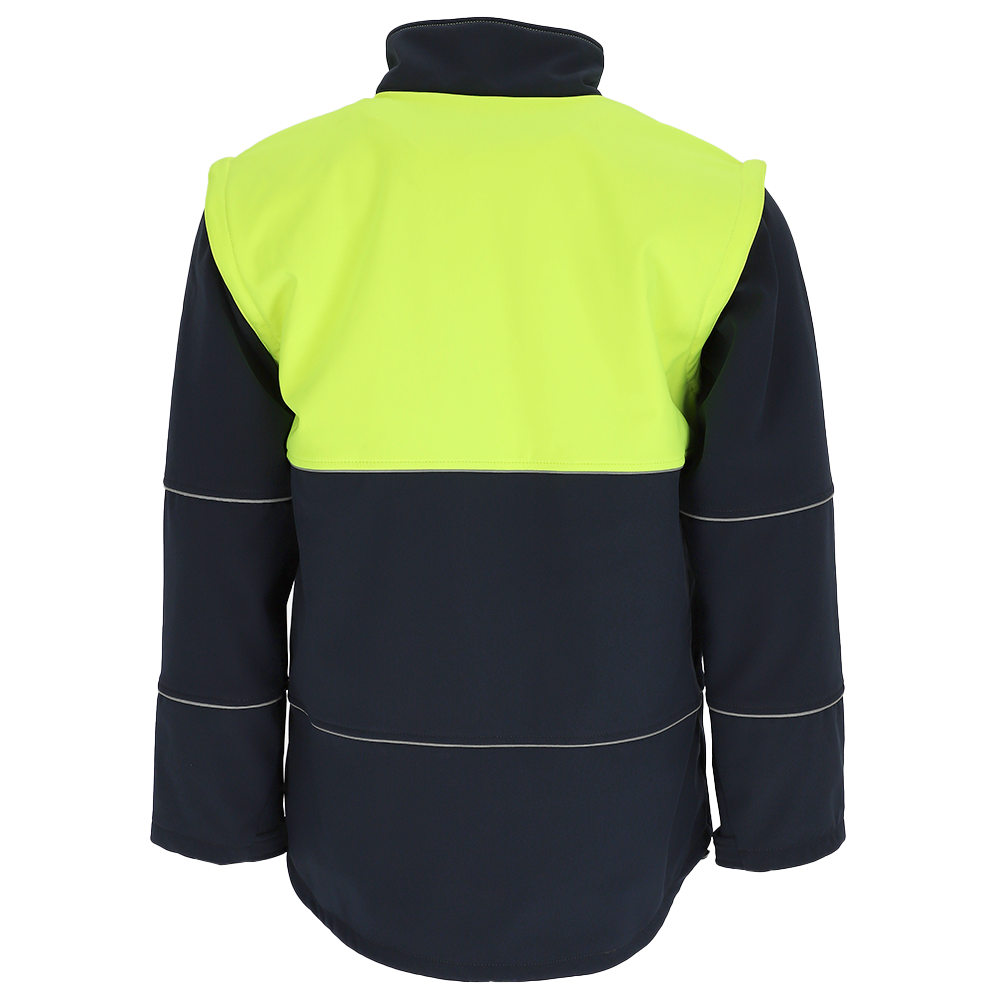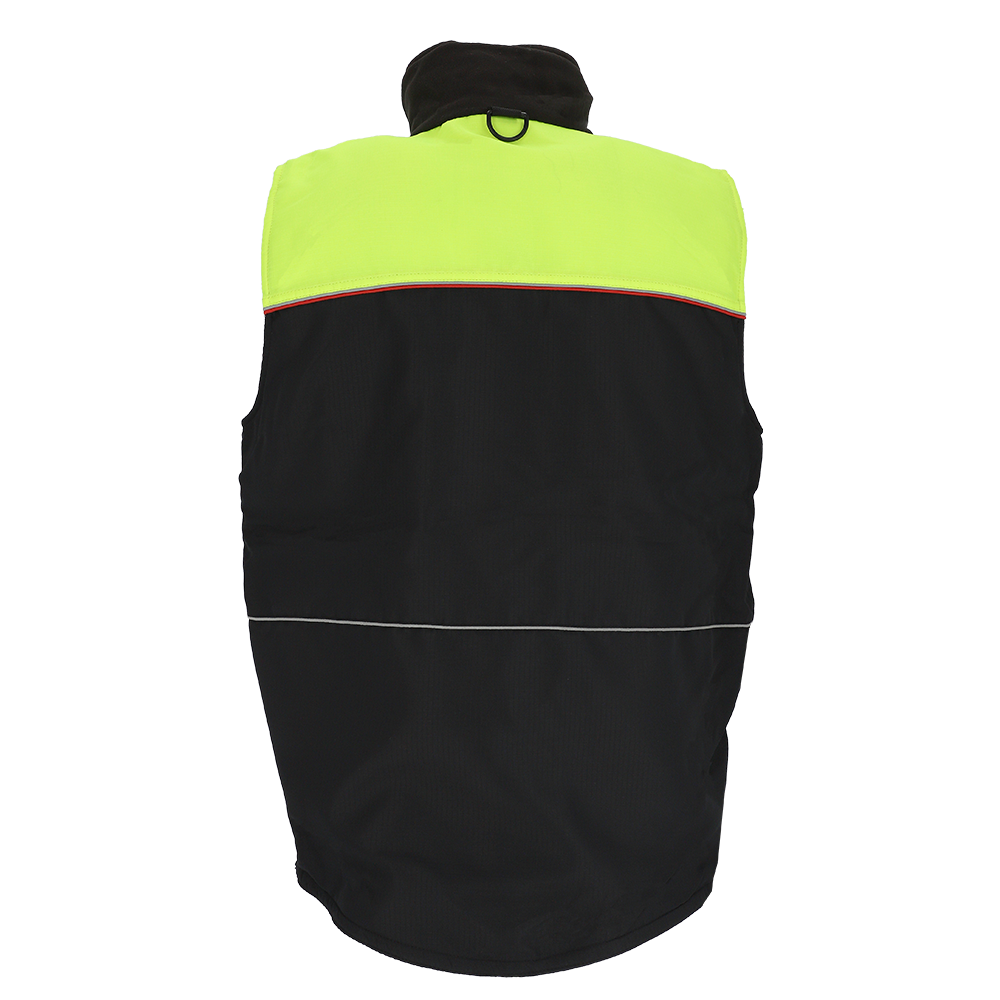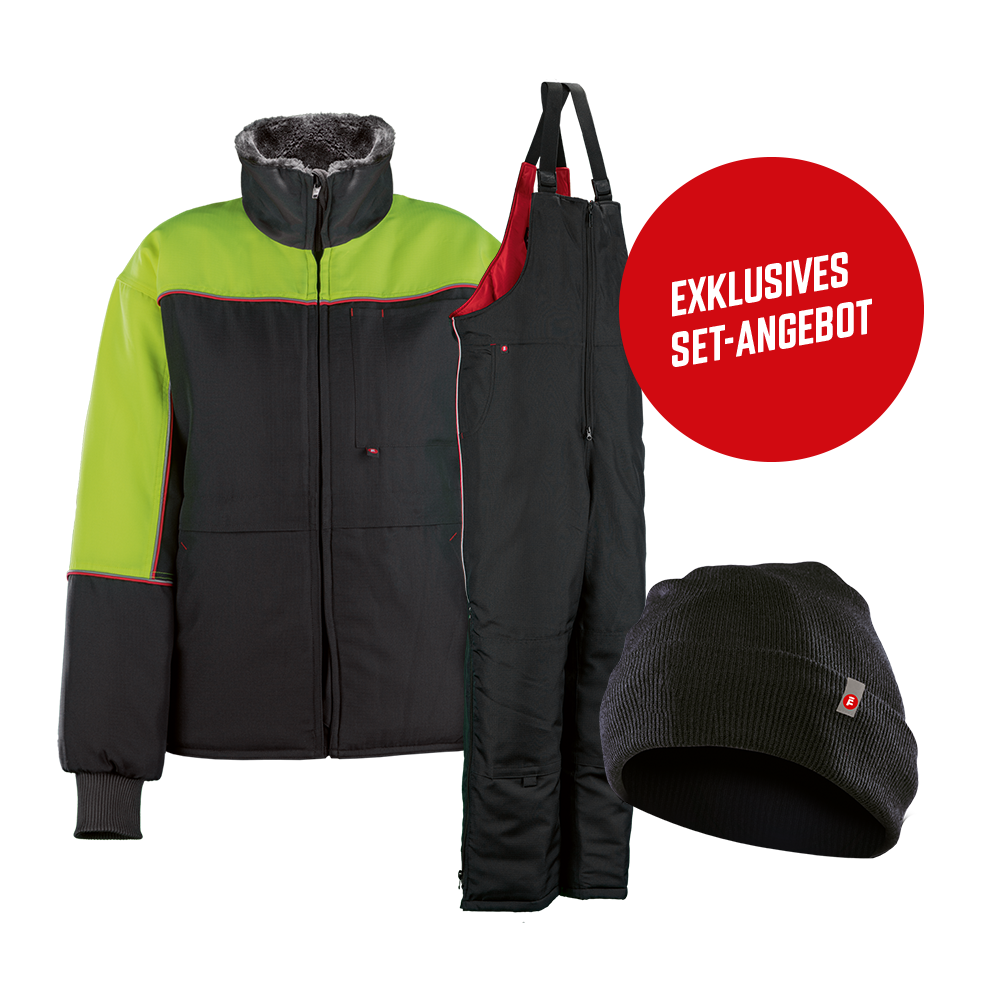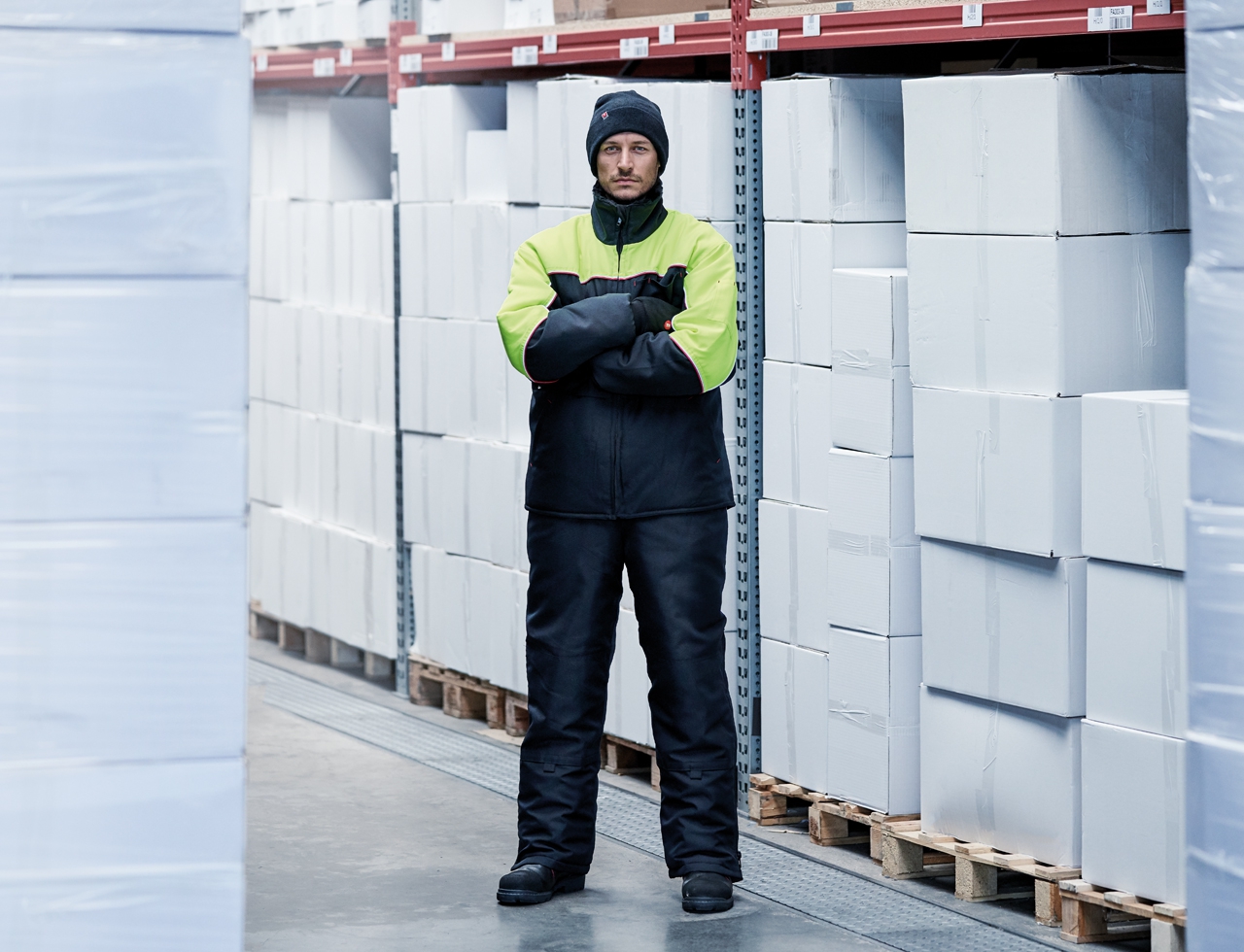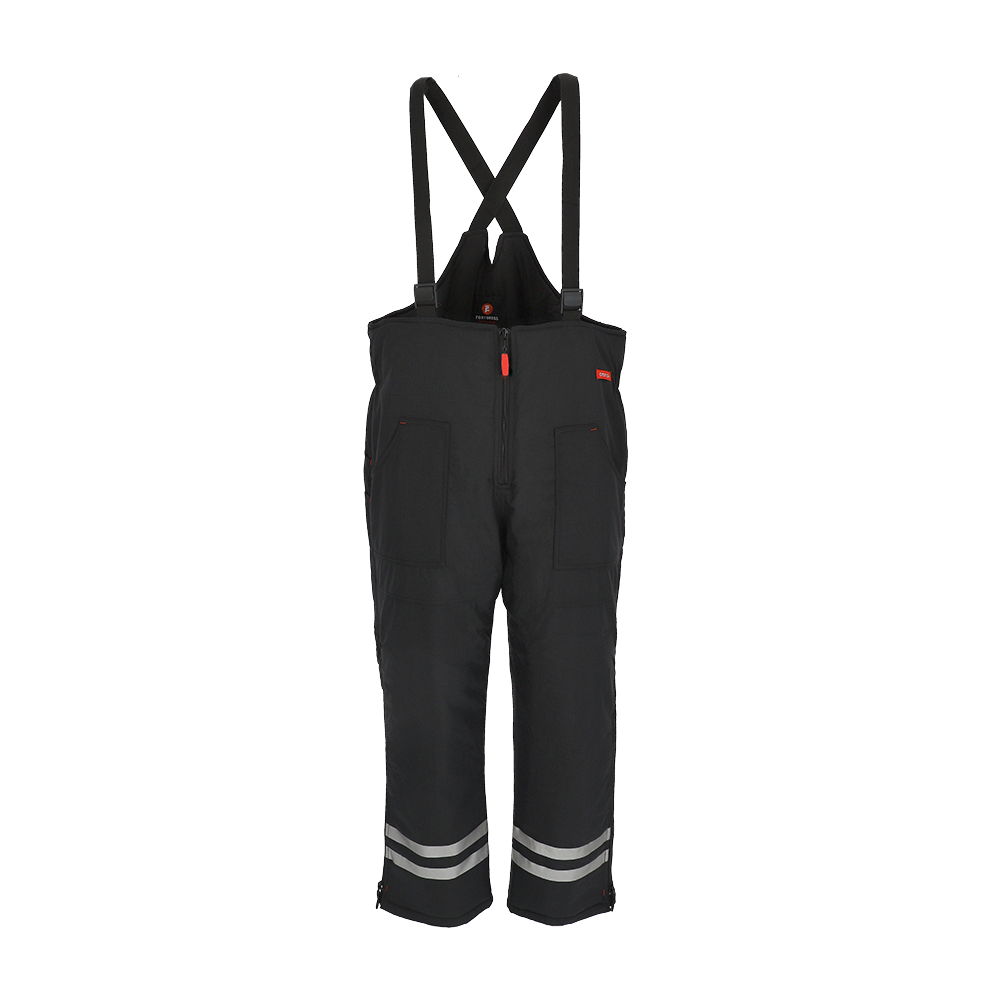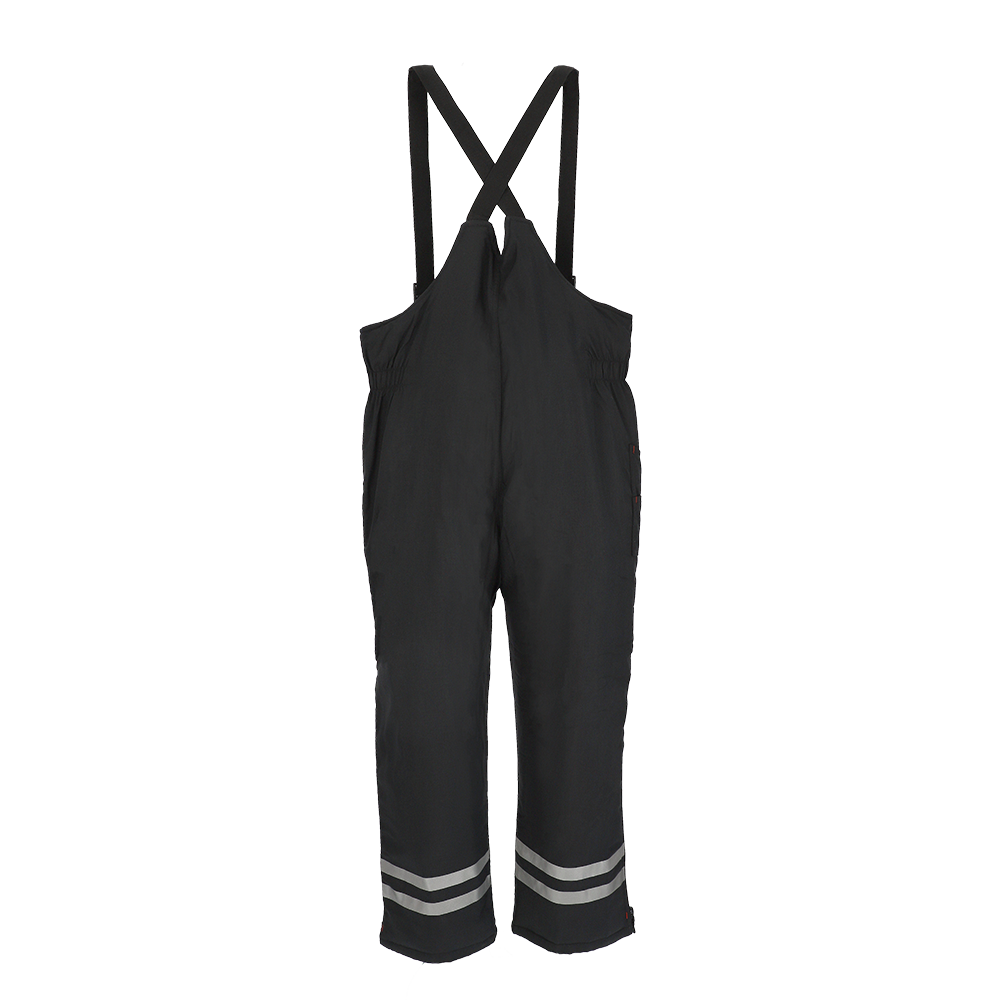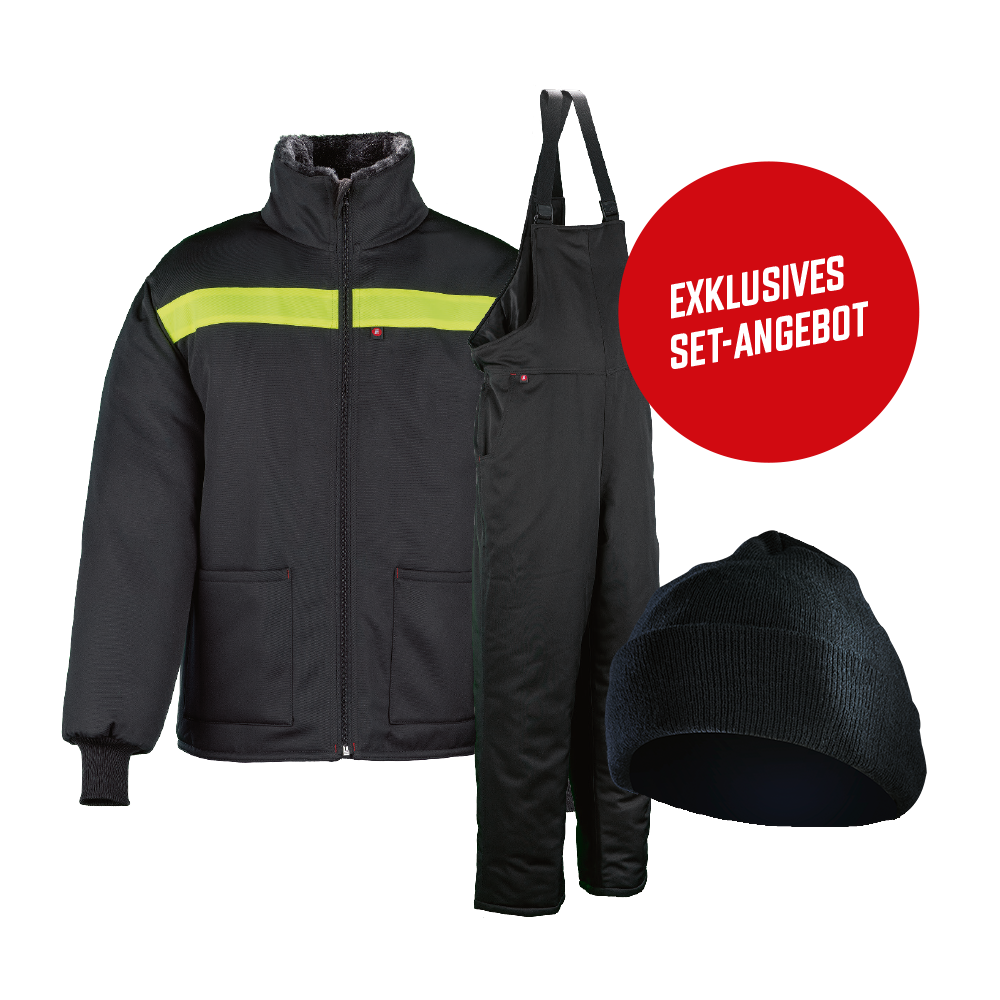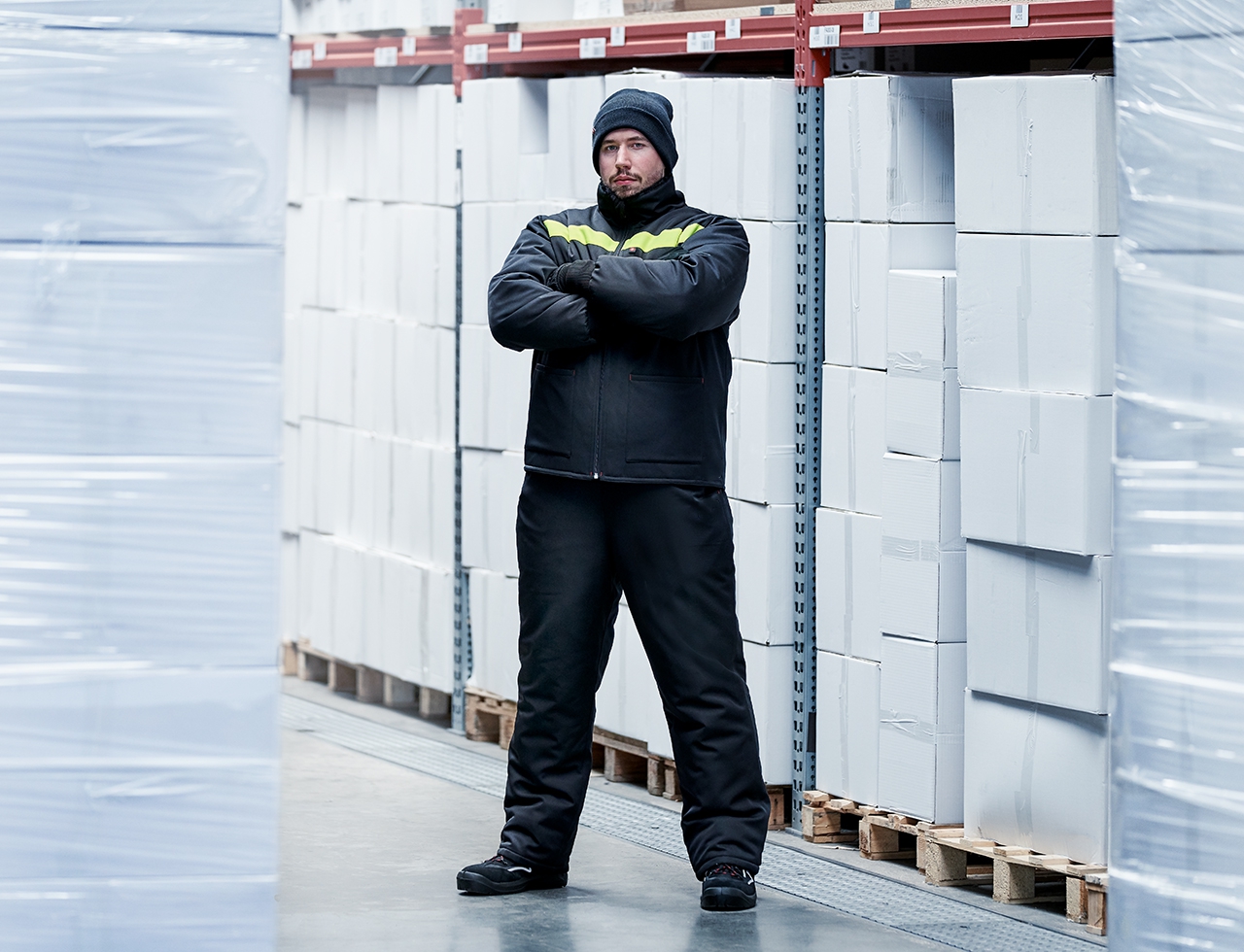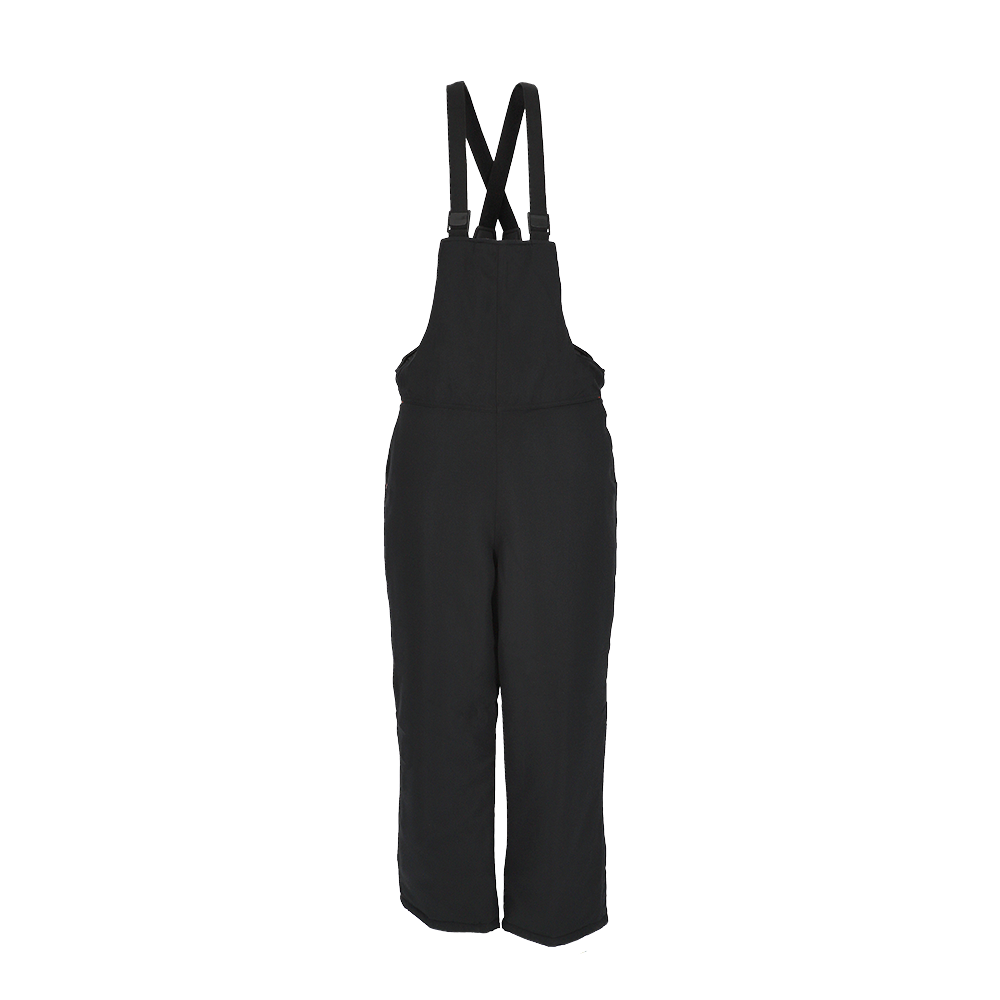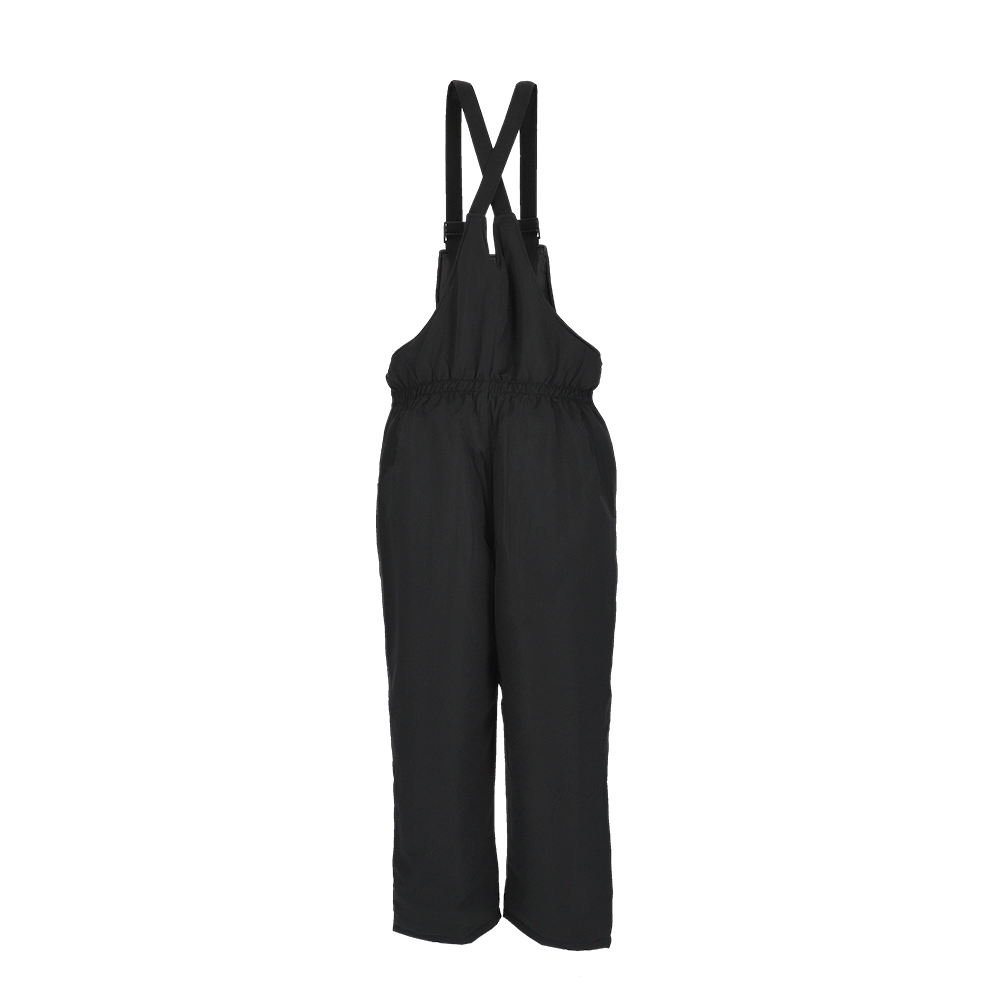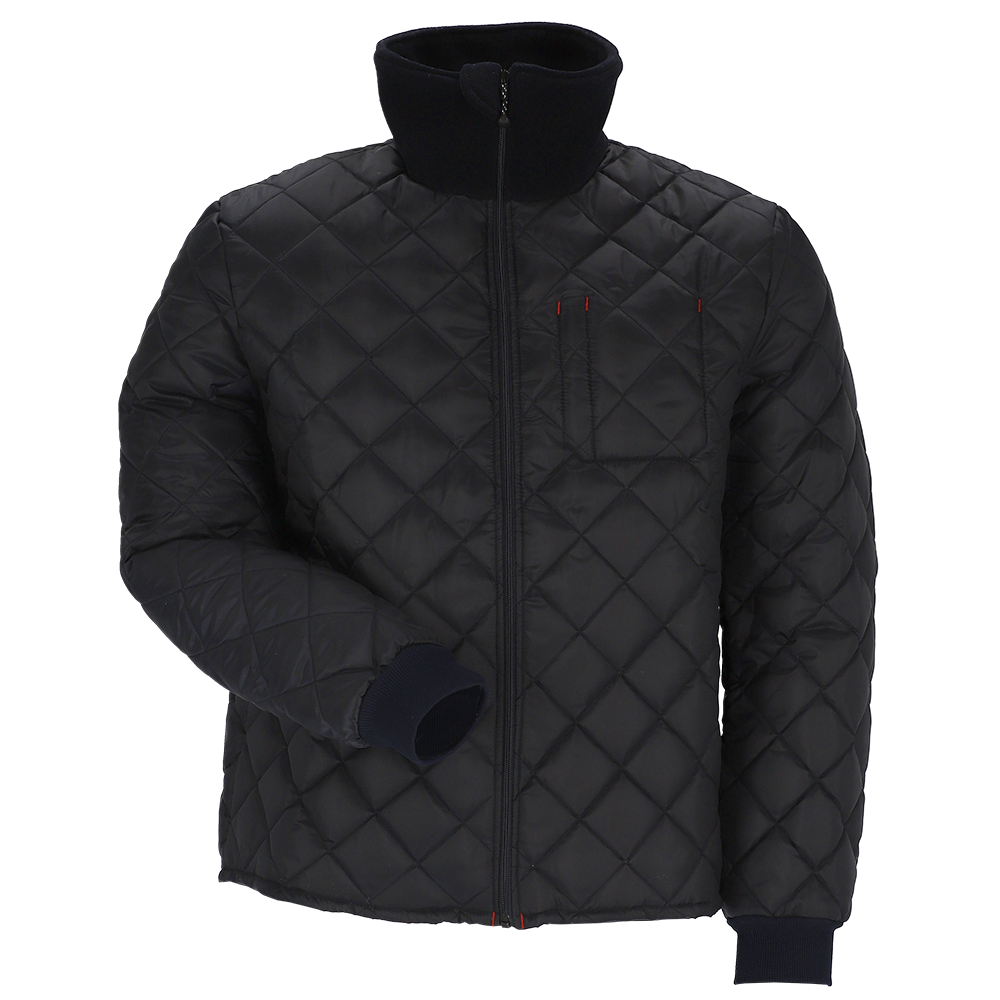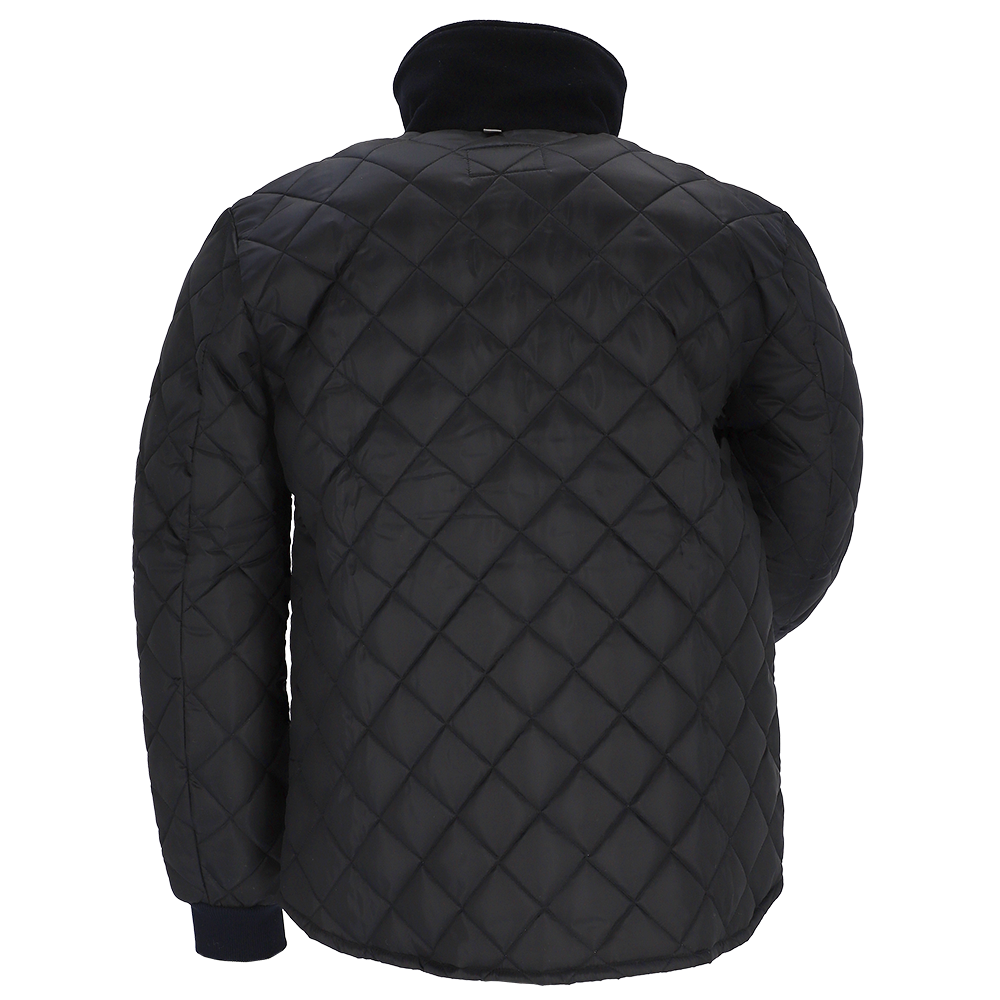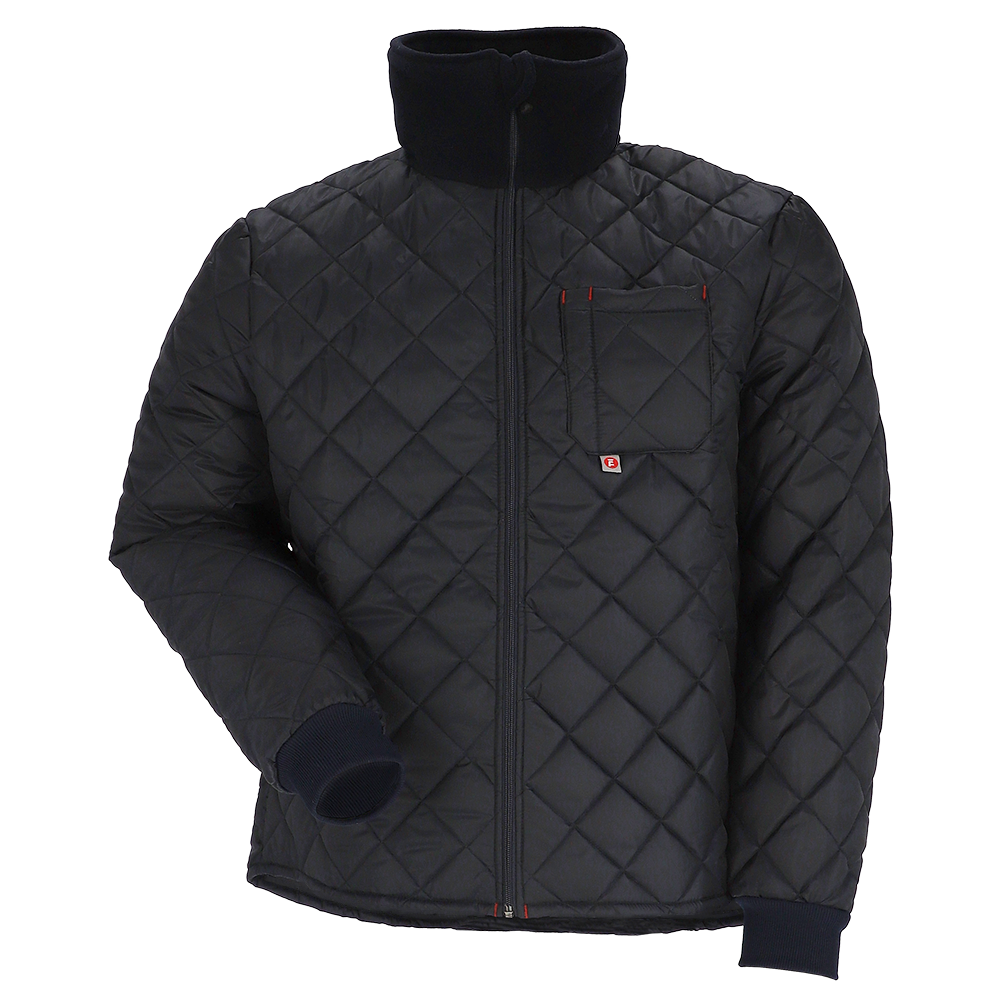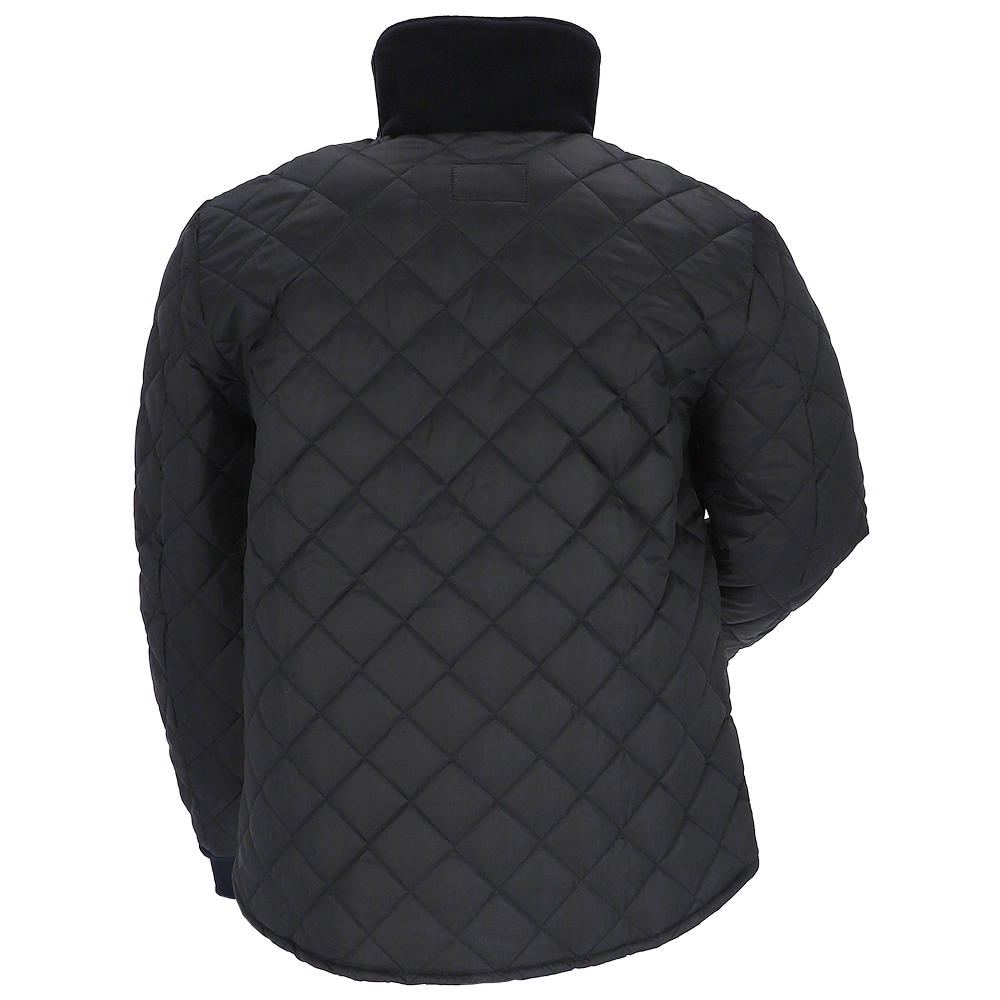



















Safe and hygienic handling of baked goods.
When working with baked goods, cleanliness and protection are very important. Our workwear for the food industry and logistics is designed to ensure your safety and protect both you and the food from health hazards. The right accessories are also important in traditional and industrial baked goods production. We pay attention to detectable clipboards, buckets, as well as knives or pens.
Working with baked goods
The profession of a baker is very diverse: from the production of baked goods to the development of recipes to the finished product in the sales area. One prepares dough, operates equipment, designs desserts, knows safety and hygiene regulations, and understands how a roll should taste.
The typical workwear in a bakery is white. This workwear includes a shirt, pants, and apron. Bakers also often wear a white hat to prevent hair from getting into the baked goods. The sales staff also often wear work clothing. The clothing in the baked goods industry is similar to that of cooks.
Hygiene is paramount when working with baked goods.
HACCP Clothing
Hygiene is crucial when handling food. Businesses that process or produce food are required to work according to a strict HACCP concept. HACCP (Hazard Analysis and Critical Control Points) stands for a hygiene control system. It helps to ensure food safety. Those using HACCP clothing according to DIN 10524 are on the safe side when it comes to meeting strict hygiene requirements for workwear in the food industry. HACCP clothing is specially designed in its material and design to avoid food contamination. Fortdress offers modern and certified HACCP clothing for various requirements.
Is HACCP clothing mandatory when working with baked goods?
According to the EU Regulation (EC) No. 852/2004 on food hygiene, which came into force on January 1, 2006, anyone who handles or markets food is required to implement an HACCP concept. Every food business operator - including restaurateurs - must be able to prove the operational HACCP concept through documents and records.
The operator must ensure that the documents are always up-to-date. They must demonstrate to the competent authority that these requirements are met. In practice, this means that the food business operator must present the records to the food inspector.
EN 342
The European standard EN 342 specifies the requirements and test procedures for the performance characteristics of clothing systems (two-piece suits or one-piece suits) for protection against the effects of cold environments with temperatures of less than or equal to -5 degrees Celsius. These effects include not only low air temperatures but also air humidity and wind speed.
DIN EN ISO 13688
The international standard DIN EN ISO 13688 specifies the general requirements for protective clothing. These requirements concern ergonomics, harmlessness, aging, size labeling, and compatibility of protective clothing. It also stipulates that clothing manufacturers must include an information brochure with the garment. DIN EN ISO 13688 is the basic standard for protective clothing that every garment must meet.
DIN EN 14058
DIN EN 14058 is a standard for protection against cold. This standard specifies the requirements for clothing to protect against cool environments. This clothing protects at temperatures down to -5 degrees Celsius, although this value is only a guideline. Depending on physical exertion, additional clothing worn, wind speeds, moisture, etc., the value can vary.
The cold protection standard EN 14058 is often combined with other standards, such as the EN ISO 20471 high-visibility standard or the DIN EN 343 standard for rainwear.
EN ISO 20471
The standard EN 20471 specifies the requirements for high-visibility warning clothing to ensure the visibility of the wearer. The warning clothing should ensure that the wearer can be quickly detected in all lighting conditions, both in daylight and under headlights in the dark.
The DIN EN ISO 20471 divides into three classes:
- Class 1: approved for roads with speeds up to 30 km/h. This protection level offers minimal protection and is only used in combination in Germany.
- Class 2: approved for roads with speeds up to 60 km/h and with sufficient visibility conditions and low traffic load.
- Class 3: approved for roads with speeds over 60 km/h, in poor visibility conditions, and with heavy traffic load.
EN ISO 20345
The standard EN ISO 20345 specifies both basic and additional requirements for safety footwear for commercial use. Footwear according to EN ISO 20345 should protect the wearer from impacts, pinching, falling or hanging objects, sharp or pointed objects, heat or cold, and hot substances.
Examples of the aspects covered by the EN ISO 20345 standard include the handling of mechanical risks, slip resistance, thermal risks, and ergonomic features. Additional standards related to specific activities address risks such as electrically insulating shoes, shoes for protection against chemicals, and more.
Basic requirements described in EN ISO 20345 include:
- Height of the upper part of the shoe
- Heel area for boots
- Minimum length, pressure, and impact resistance of the toe cap
- Water vapor permeability and water vapor resistance of the upper material
- Sole thickness and abrasion resistance of the sole
Safety shoes are classified into different protection classes depending on the requirements met. Shoes belonging to protection class SB meet the minimum requirements according to EN ISO 20345. Safety shoes with additional requirements are classified into protection classes S1 to S5 depending on their features.
Protection Classes
Safety shoes are classified into two classes.
- Class I (SB, S1, S2, S3): Shoes made of leather or other materials, except for full rubber or all-polymer shoes.
- Class II (SB, S4, S5): Full rubber shoes (i.e., completely vulcanized shoes) or all-polymer shoes (i.e., fully molded shoes)
If you have a work shoe that only meets the basic requirements, you have an SB safety shoe. Only in this safety category SB can the heel area be open. If the safety shoe meets additional requirements, it is classified into various safety classes (S1, S2, S3, S4 & S5).


